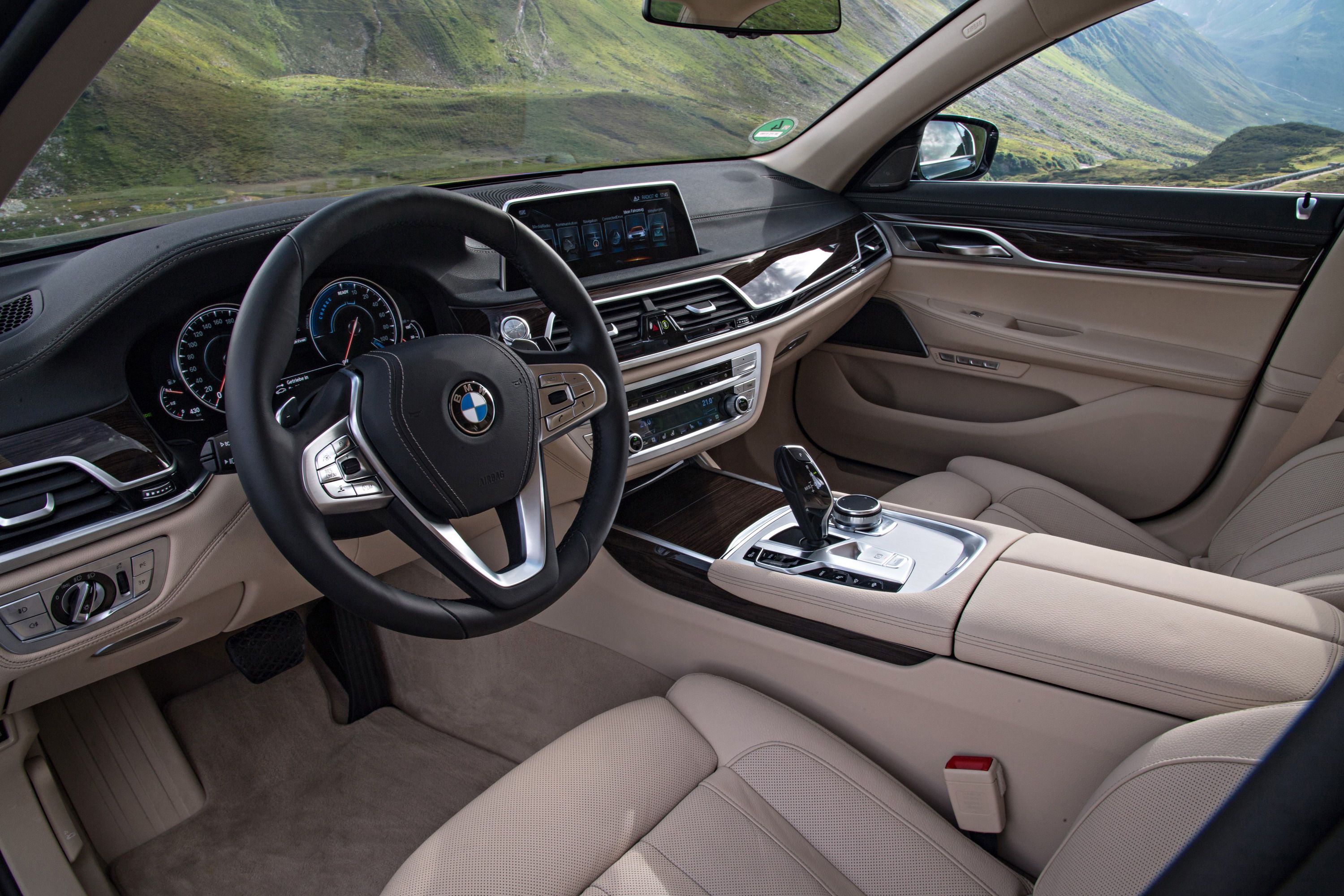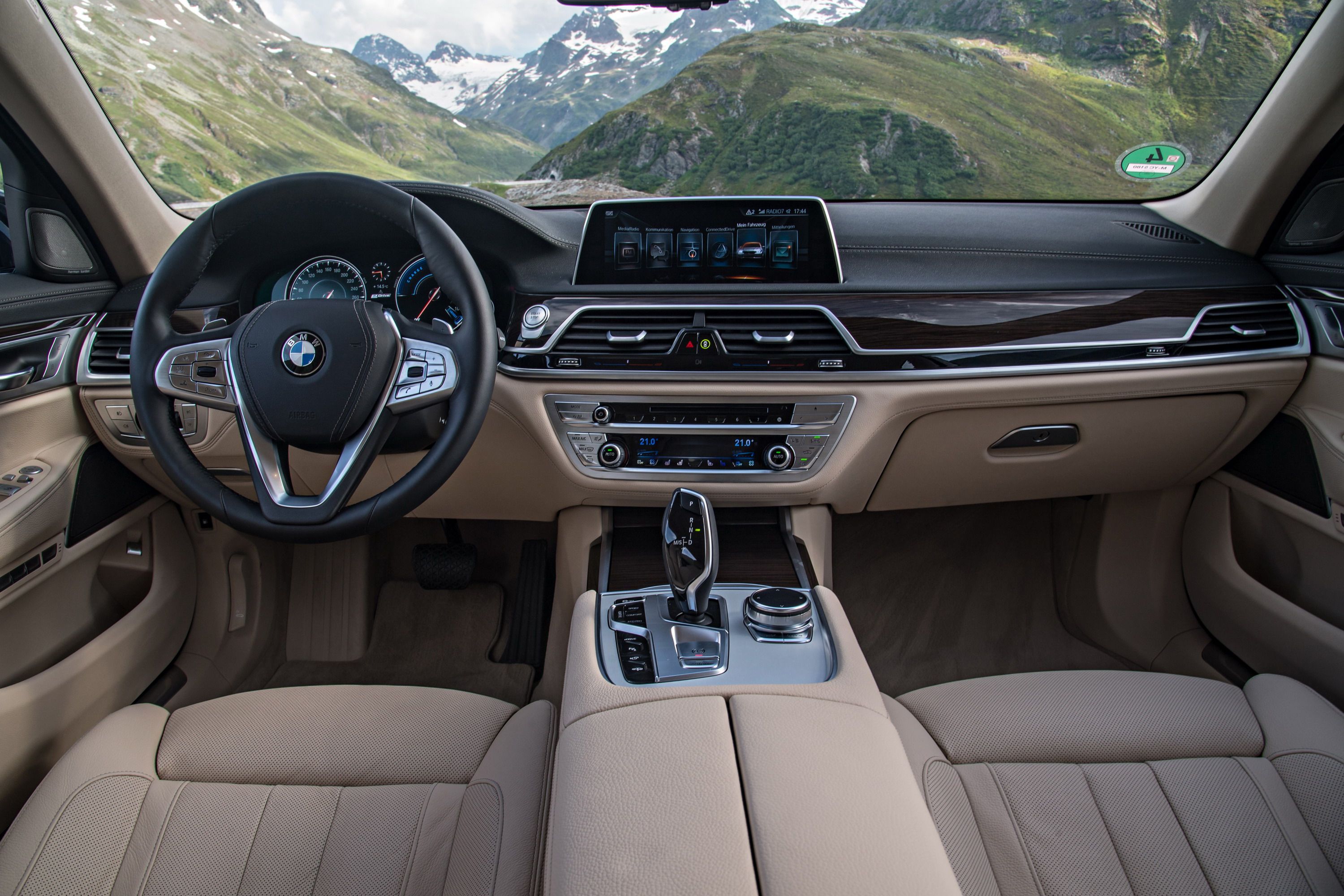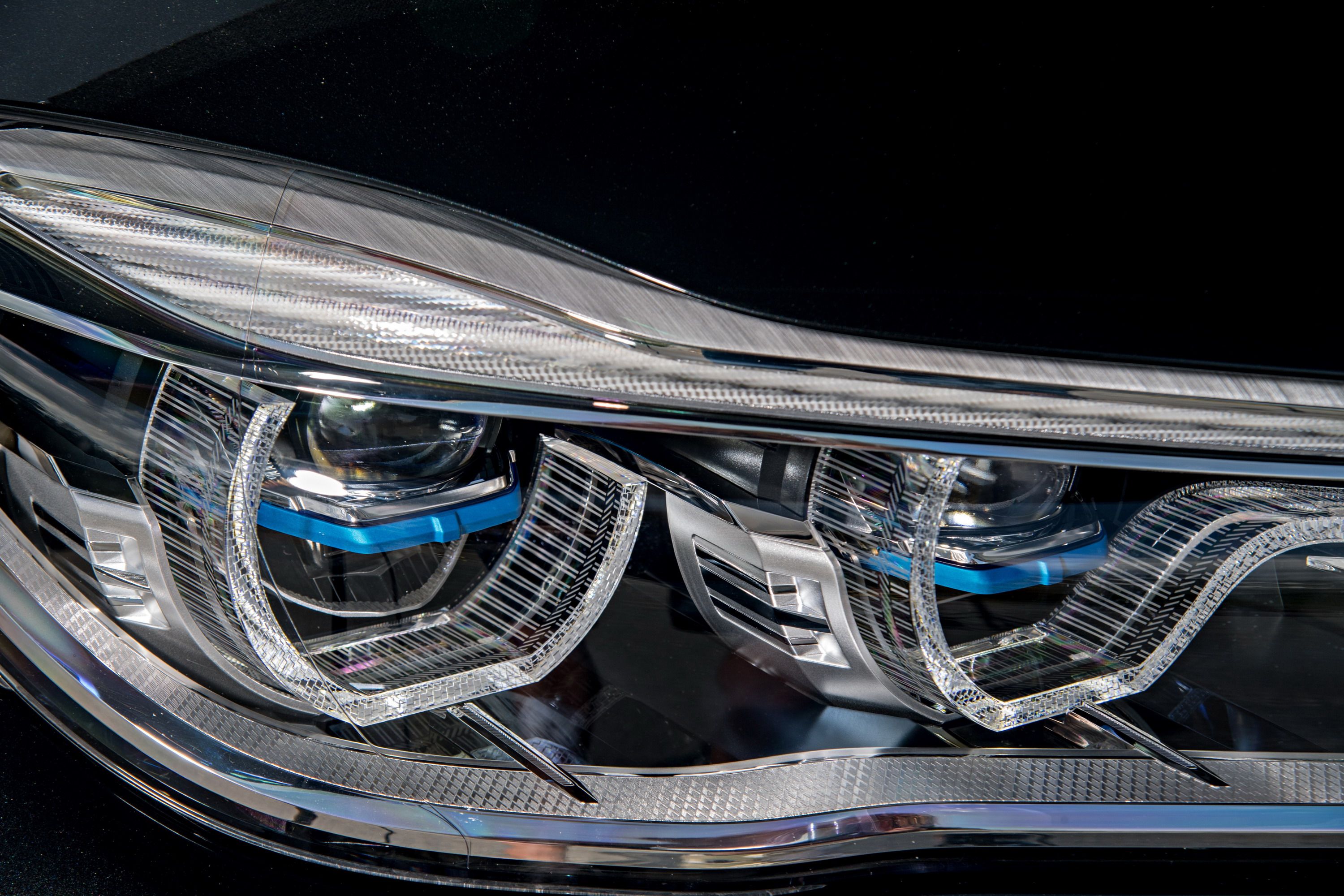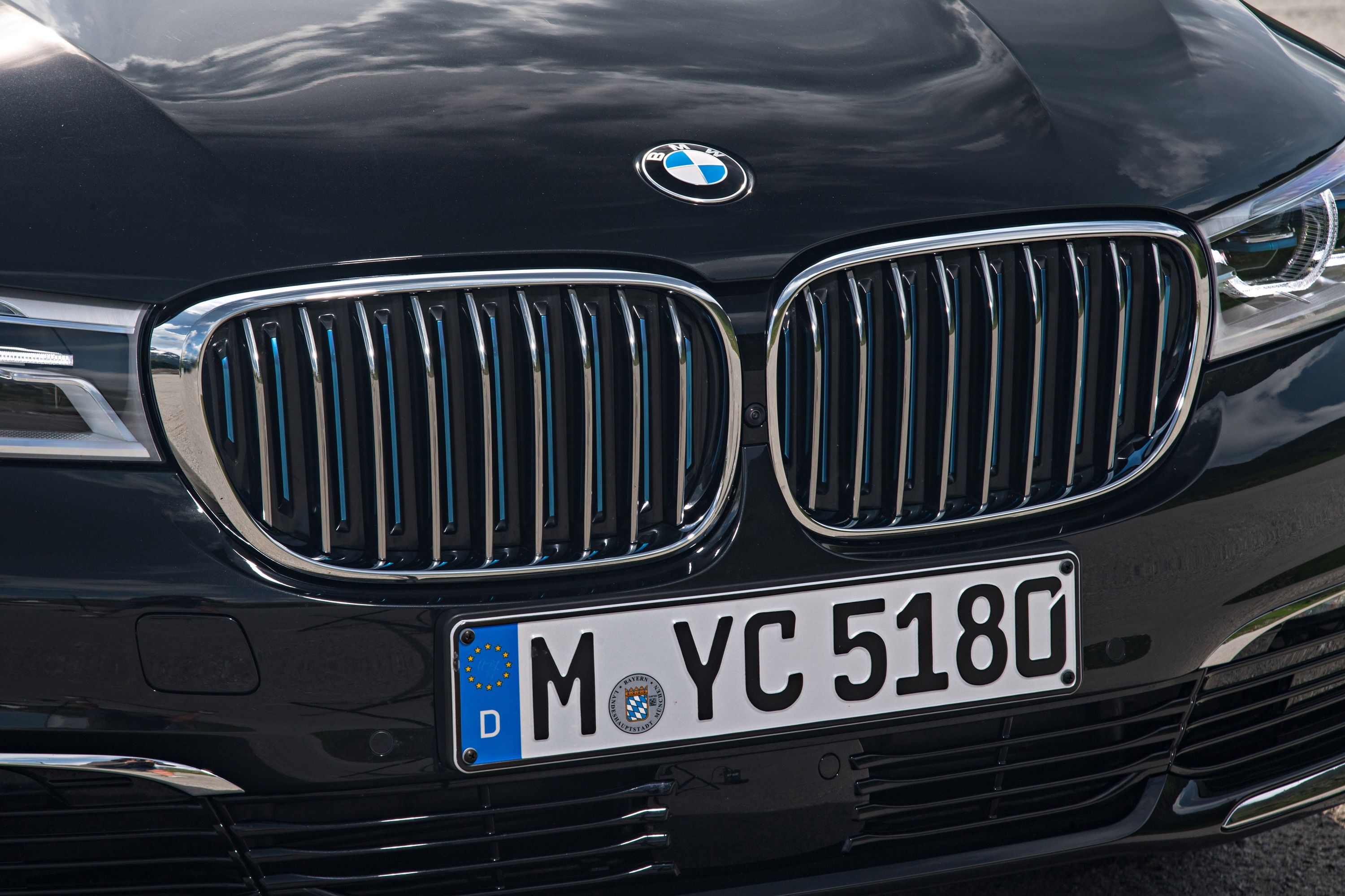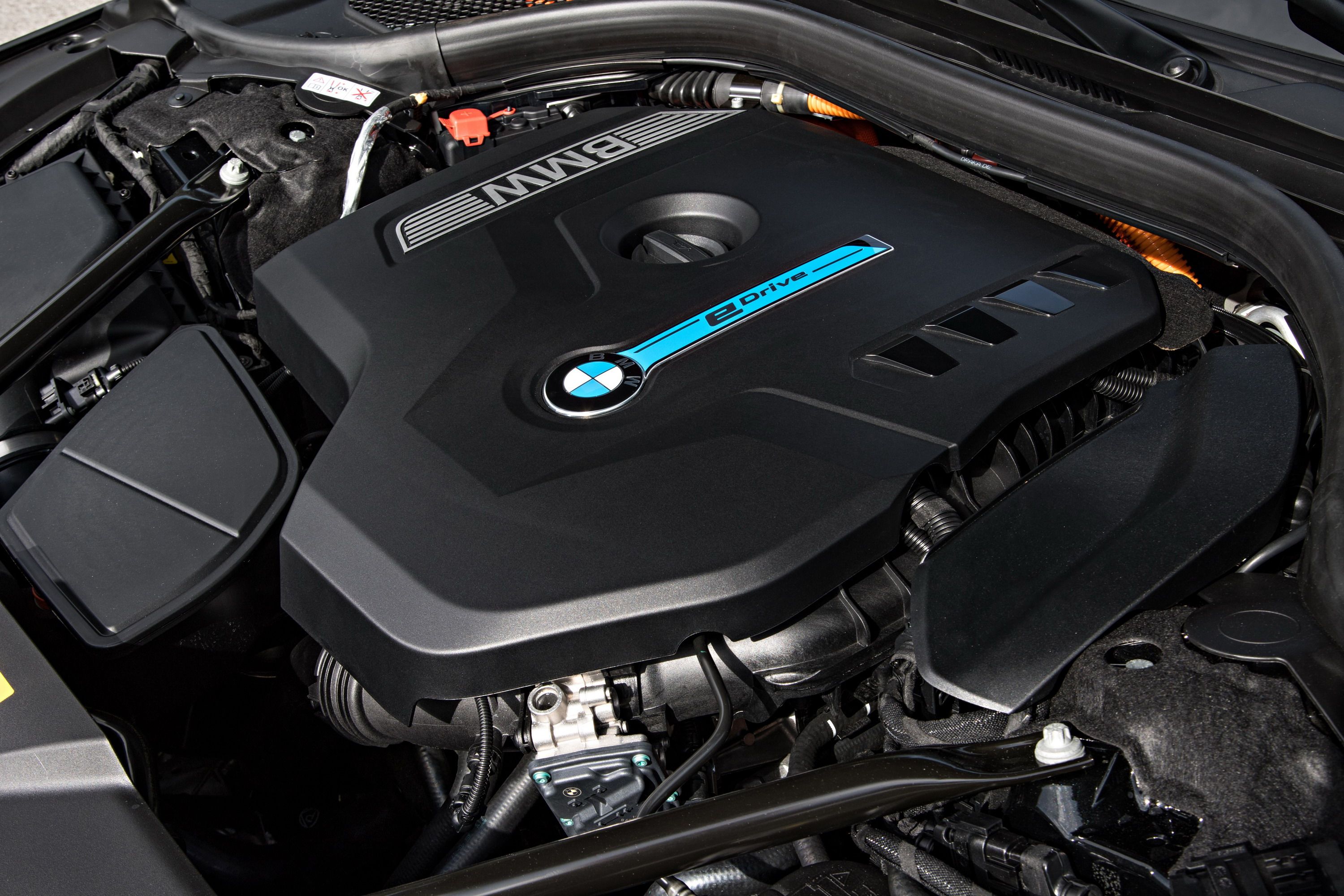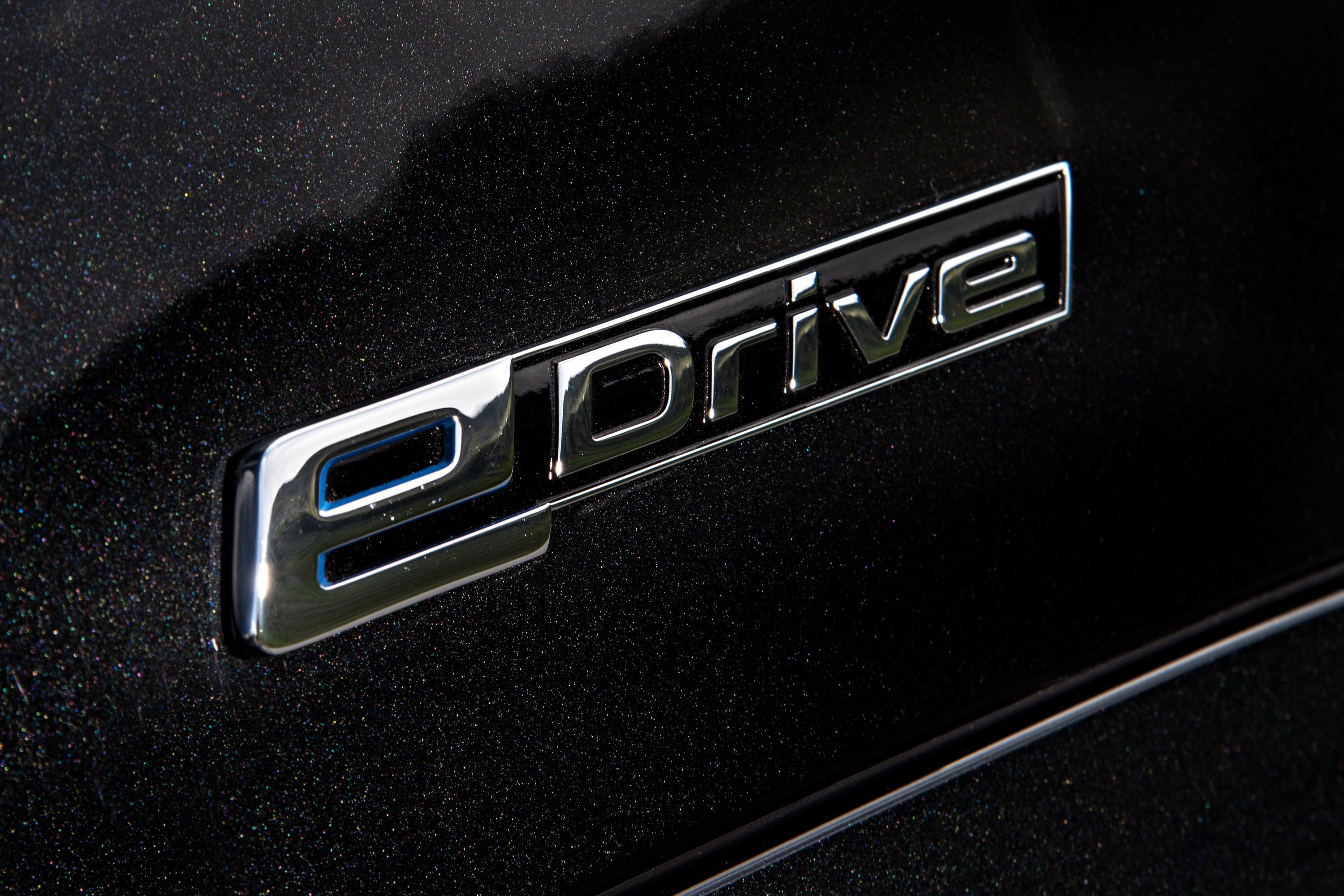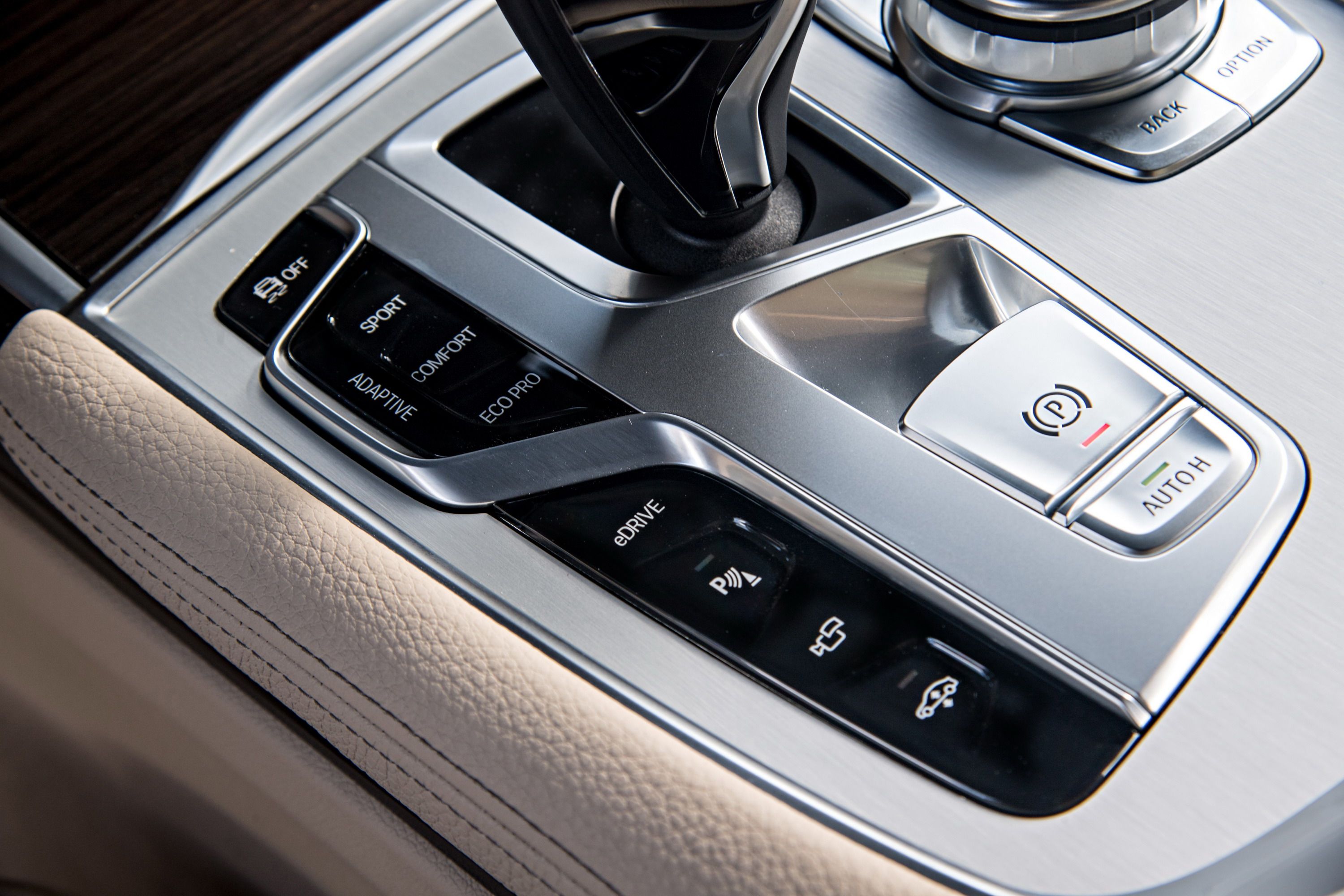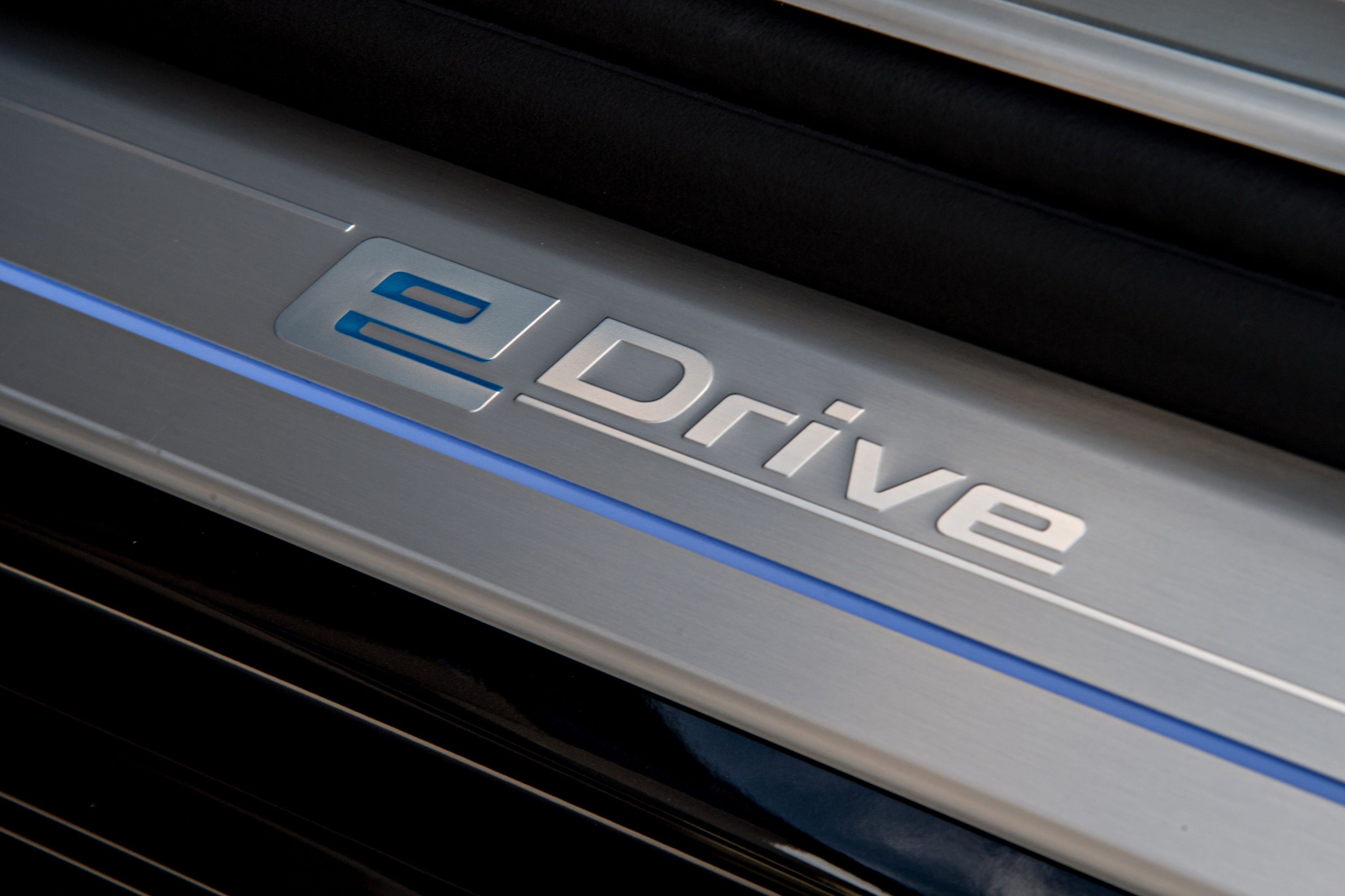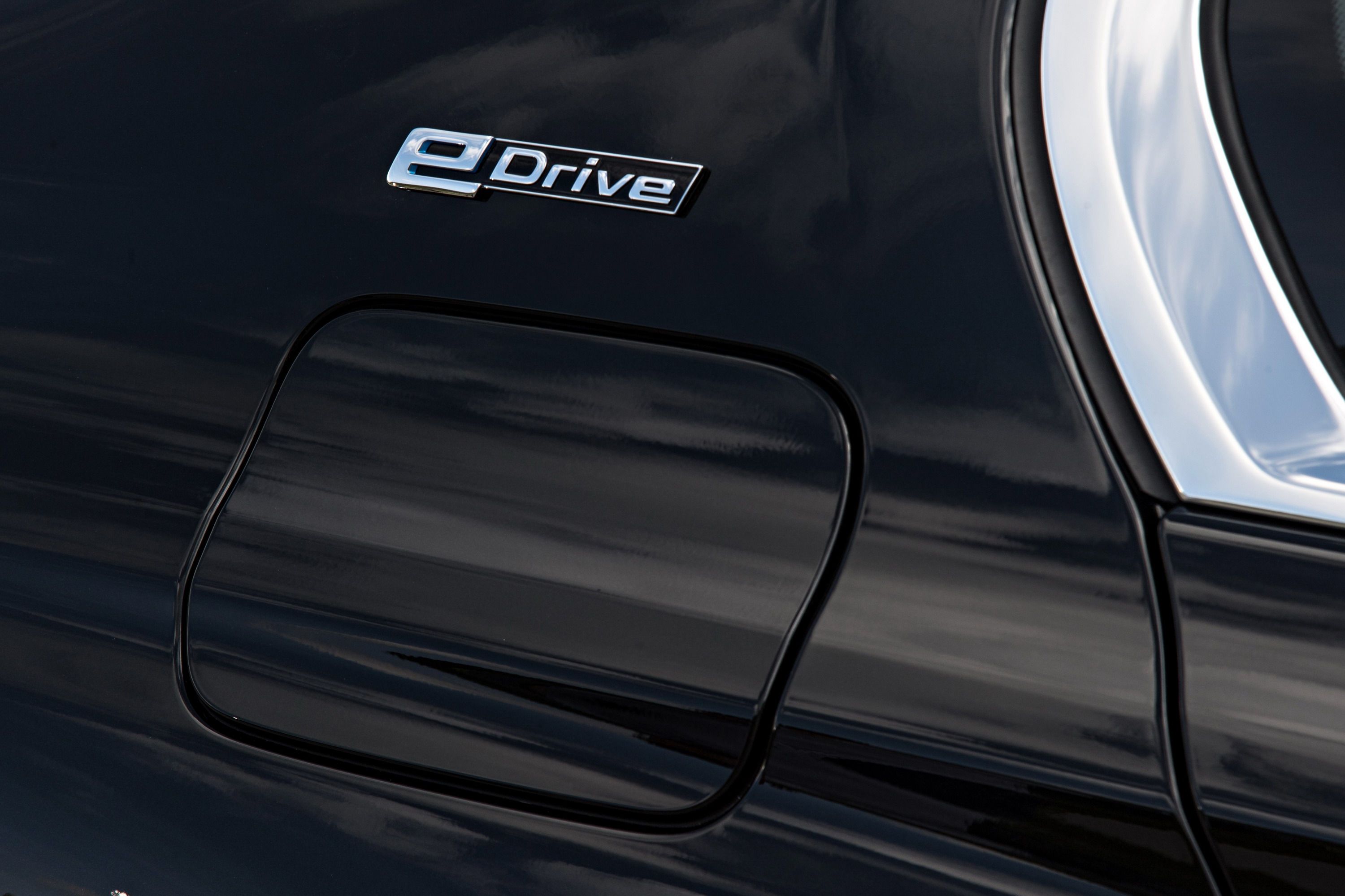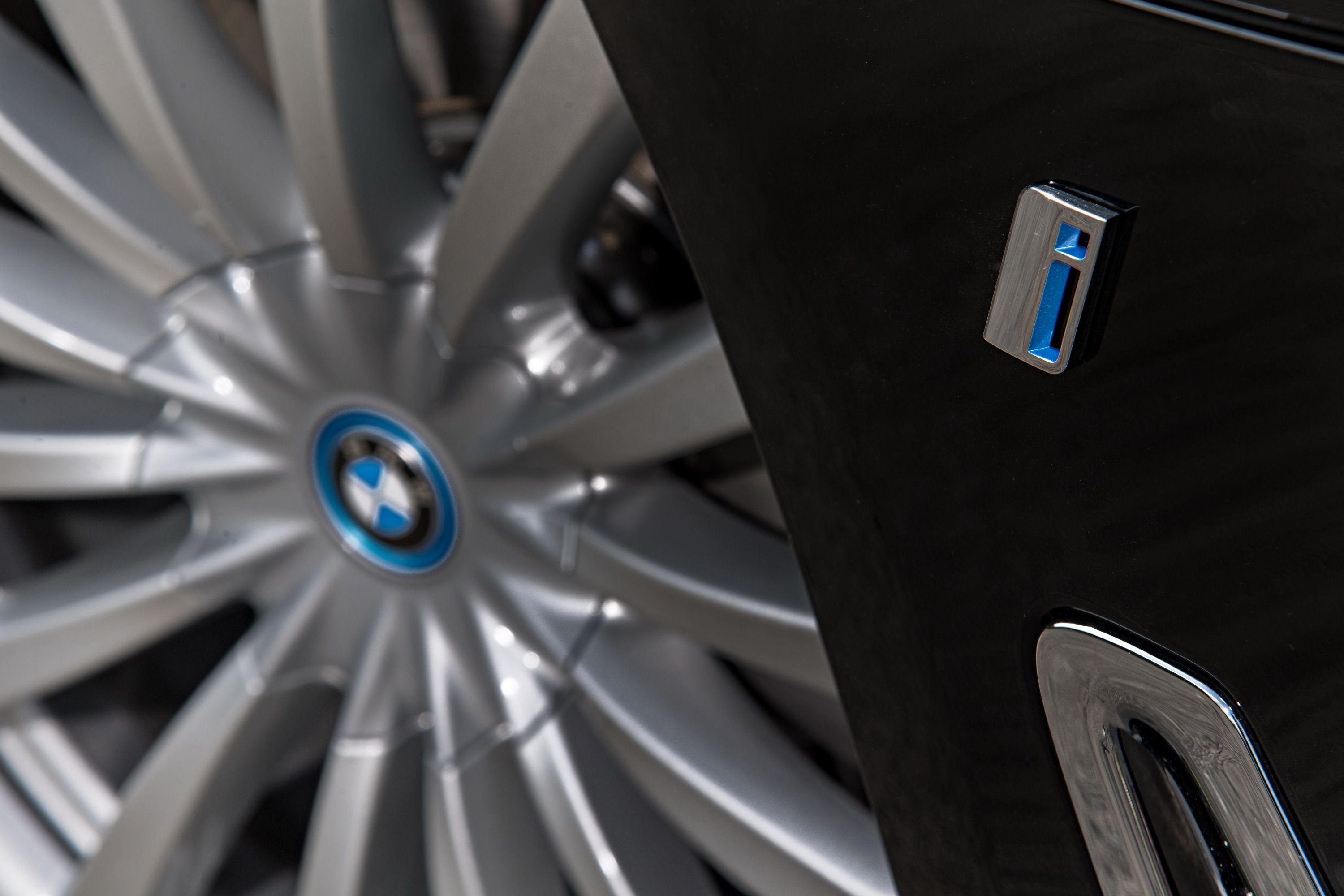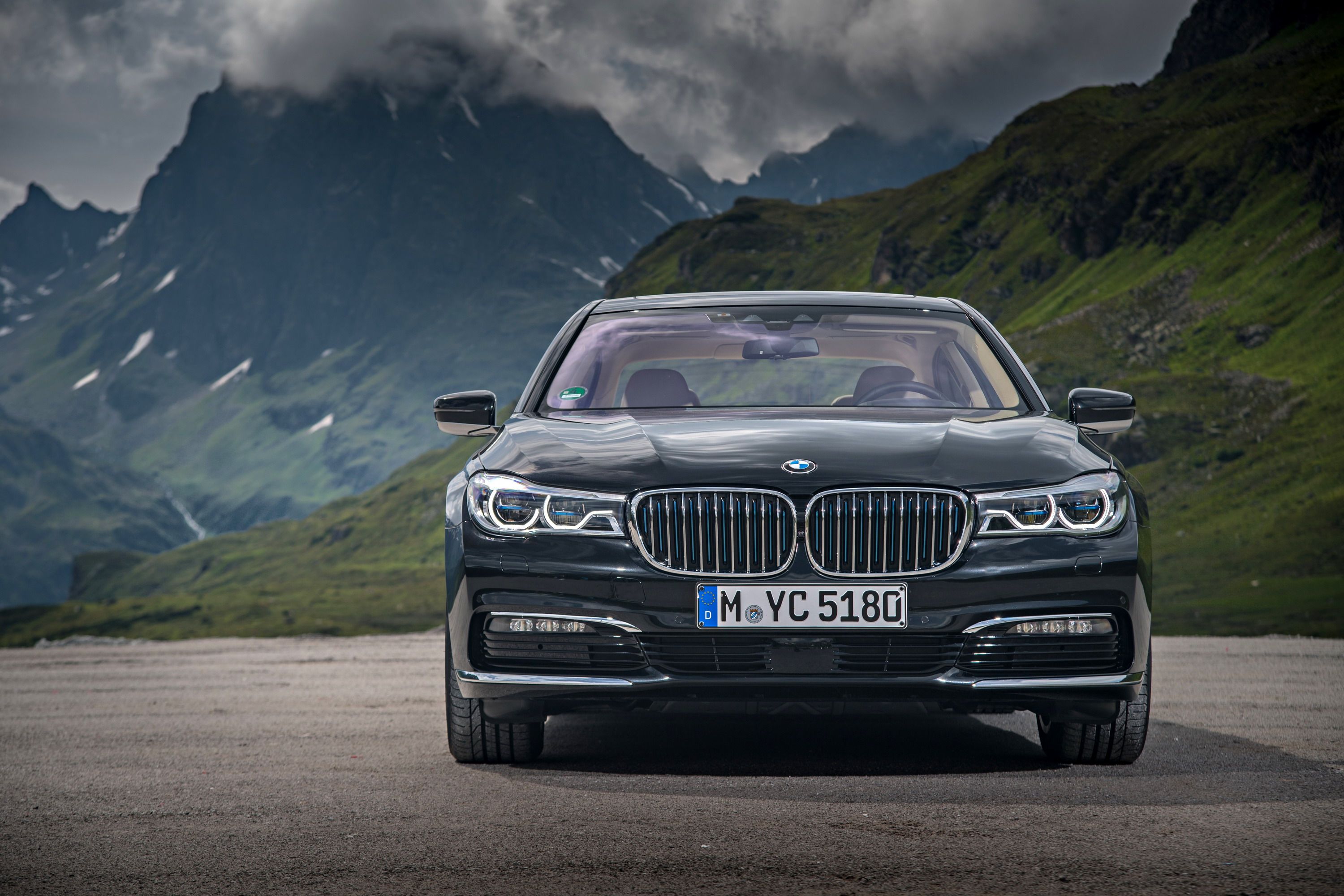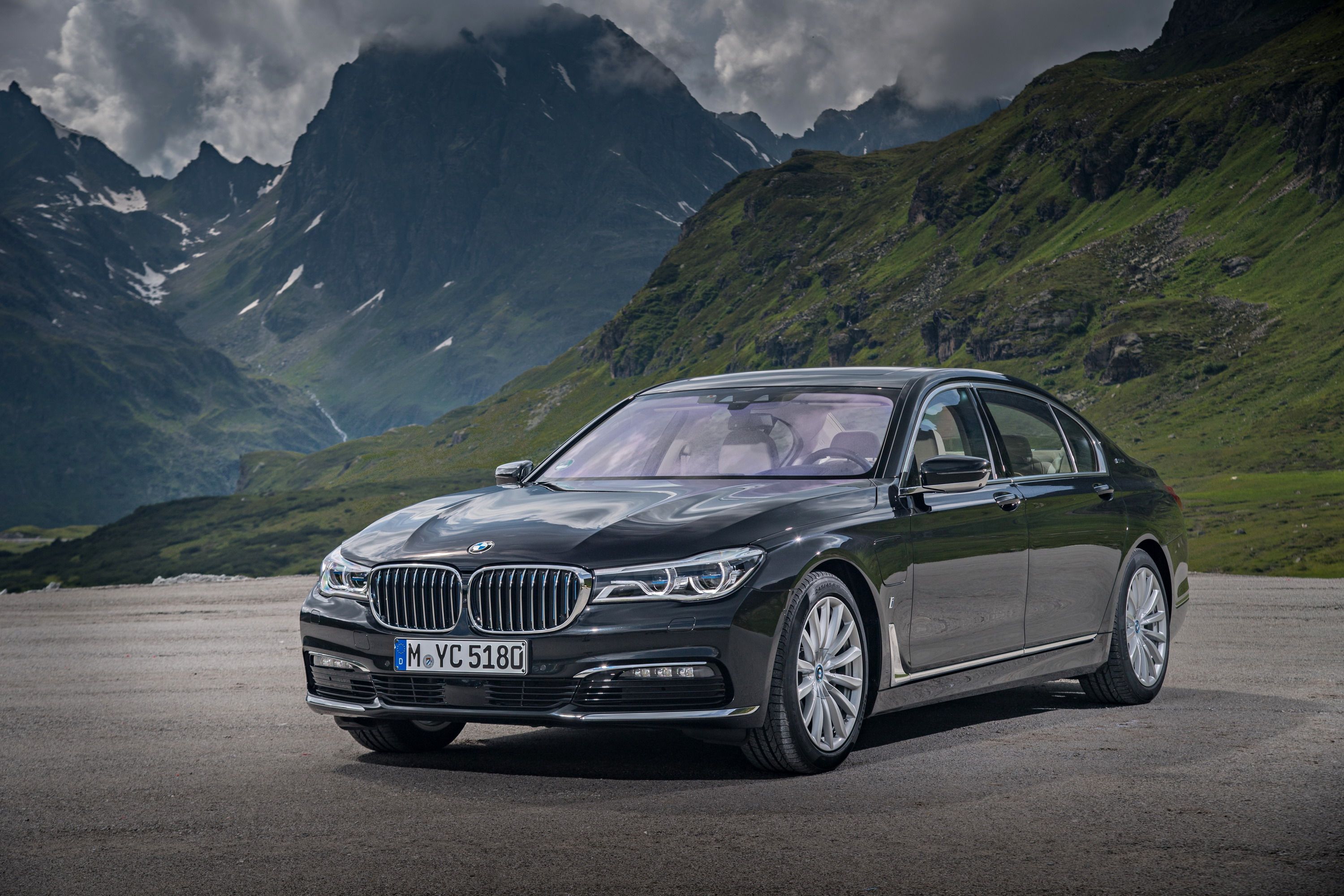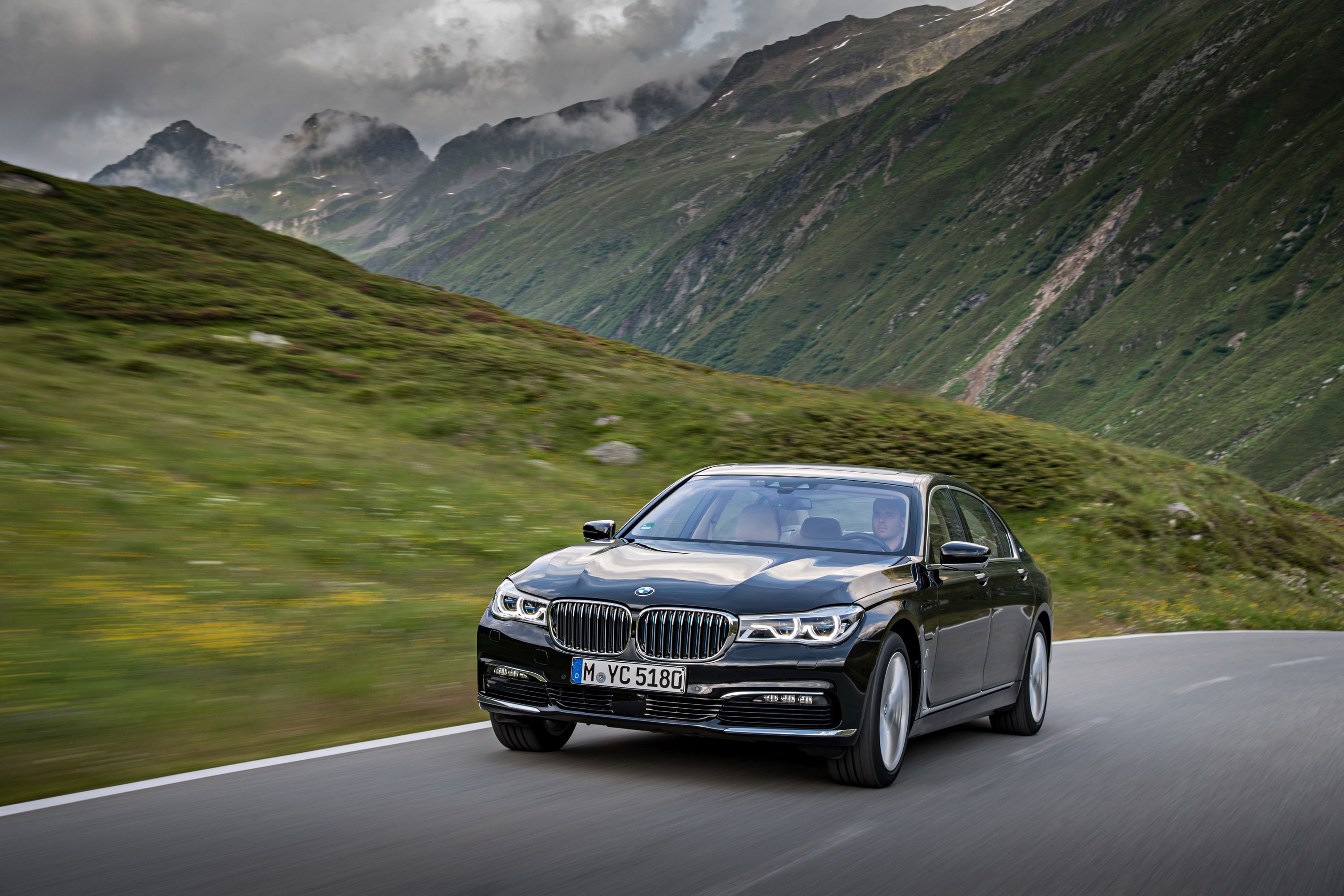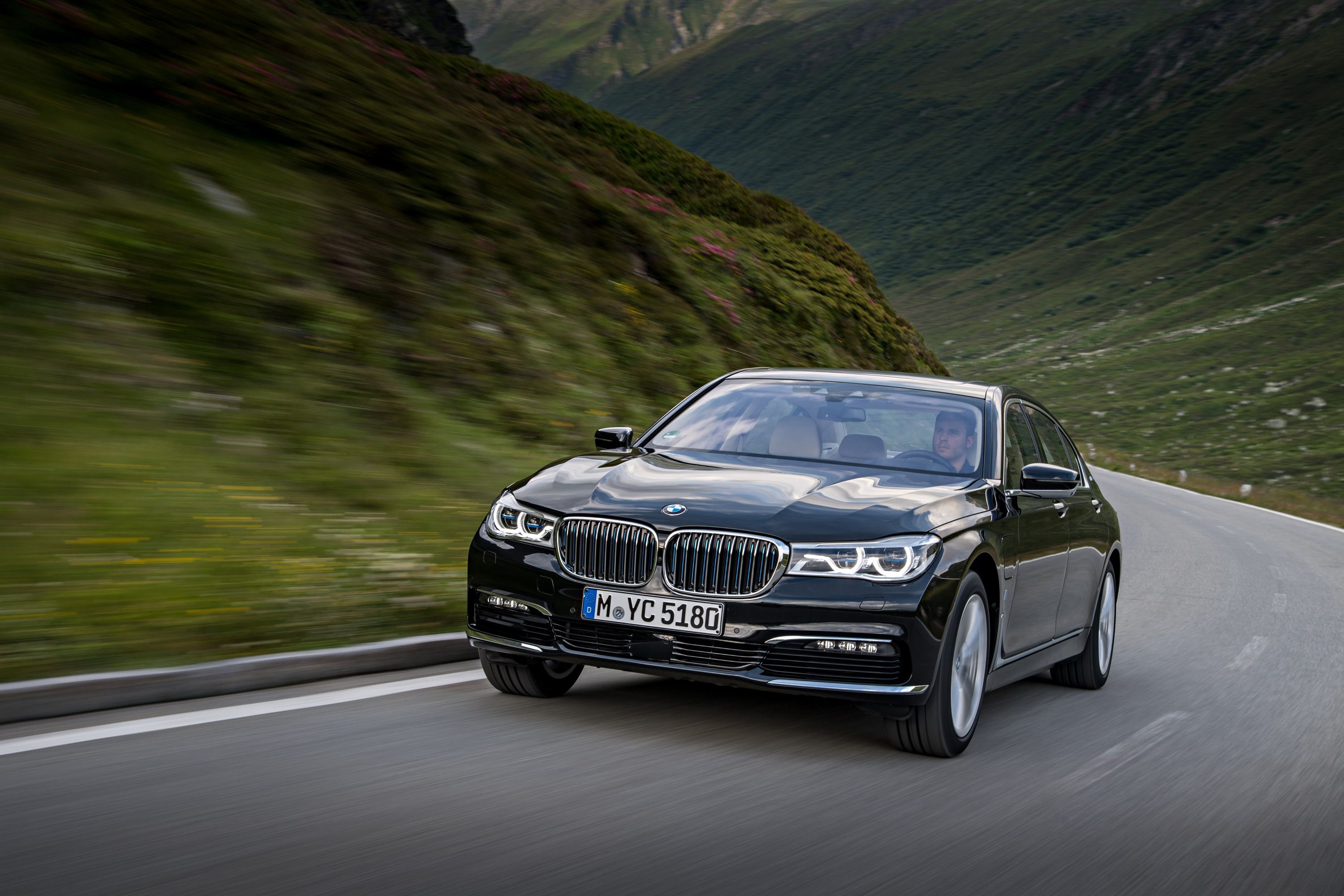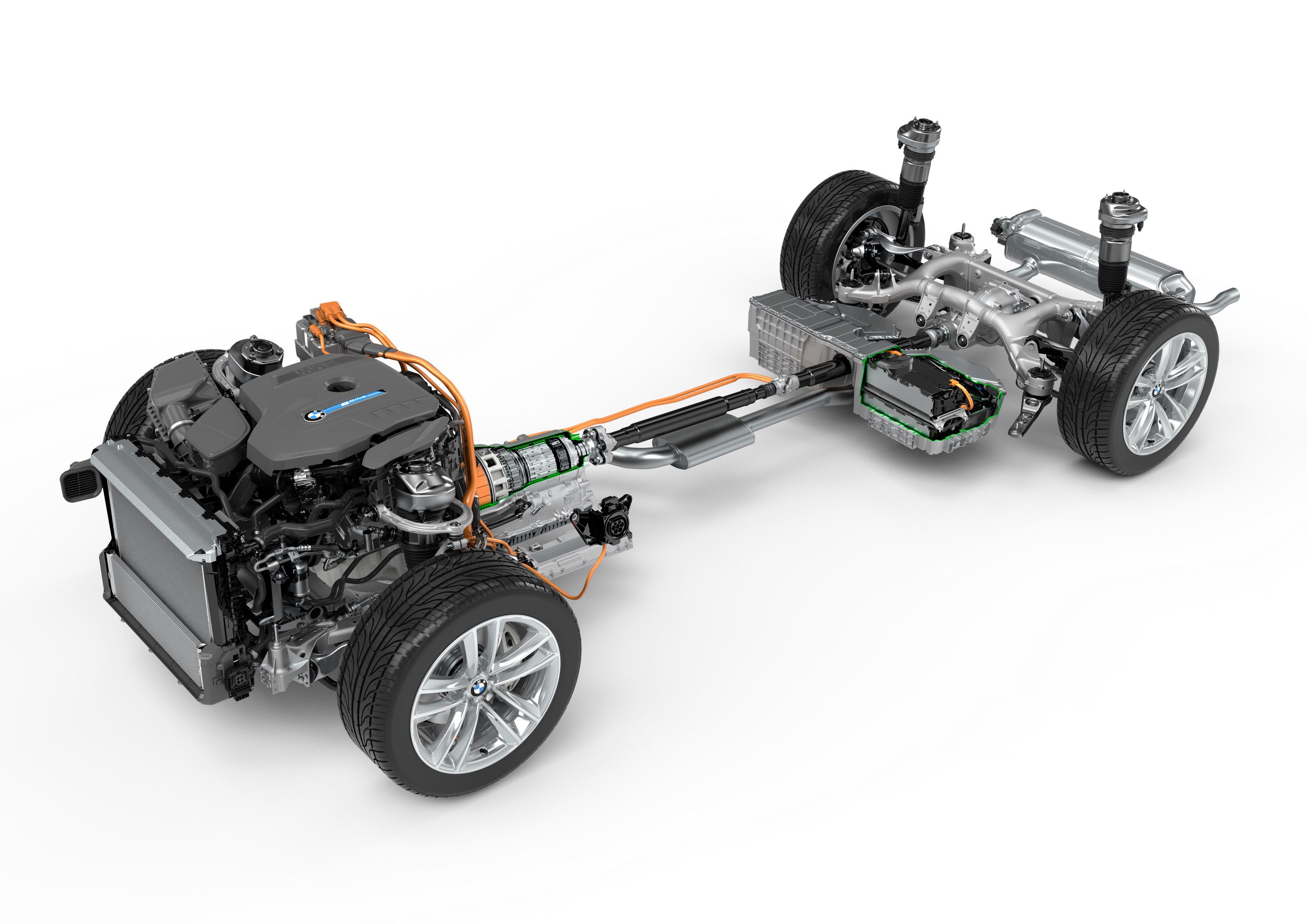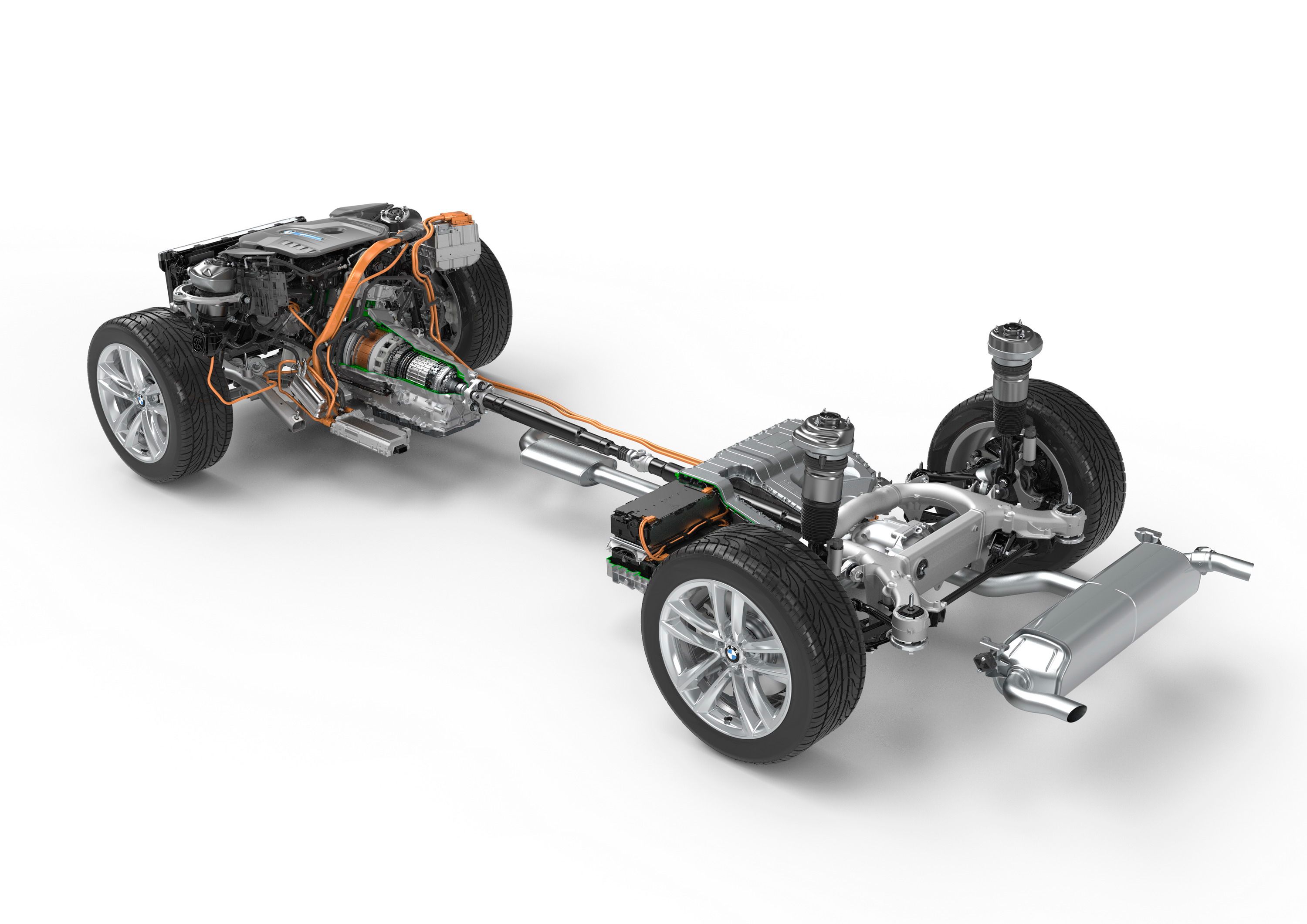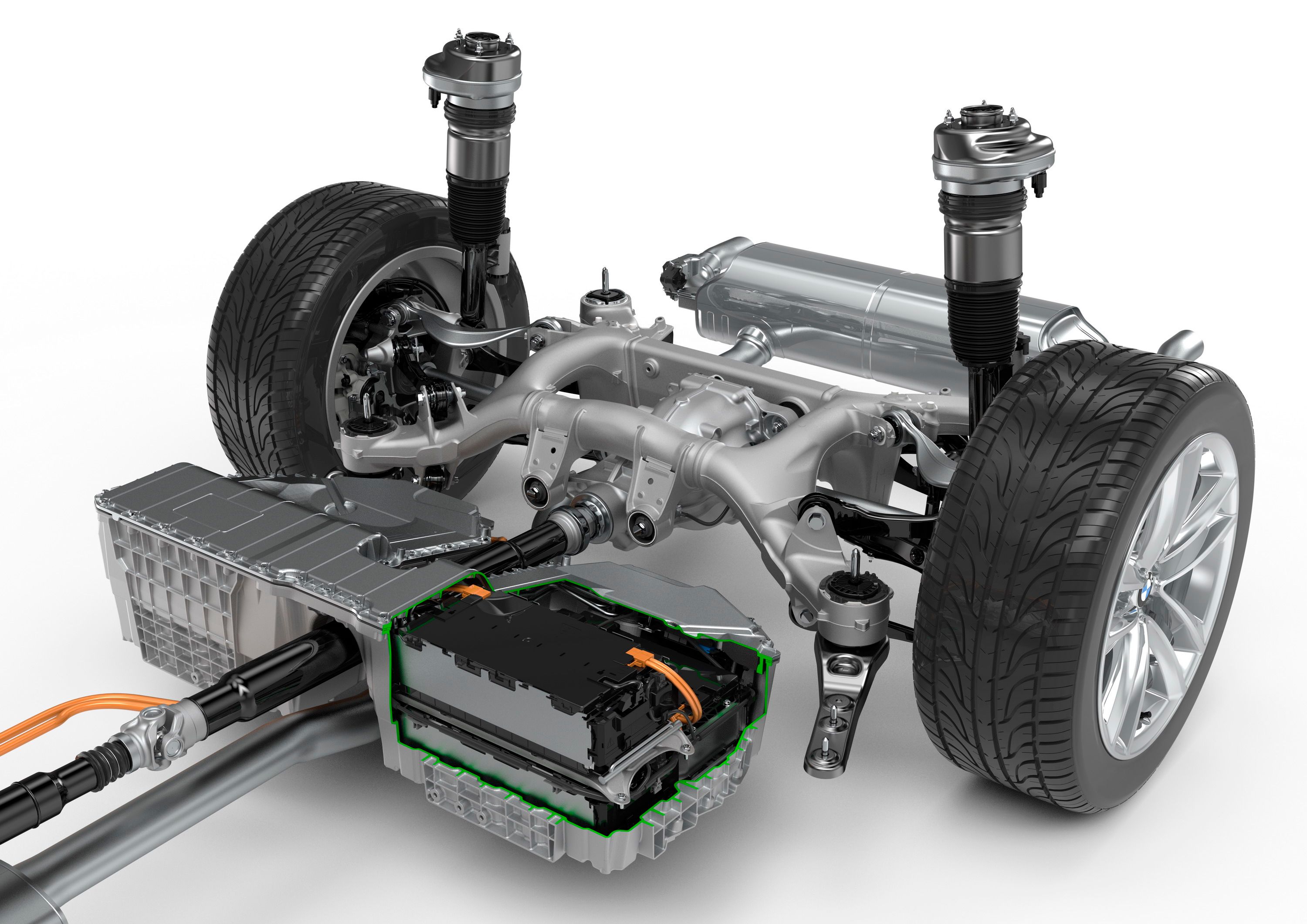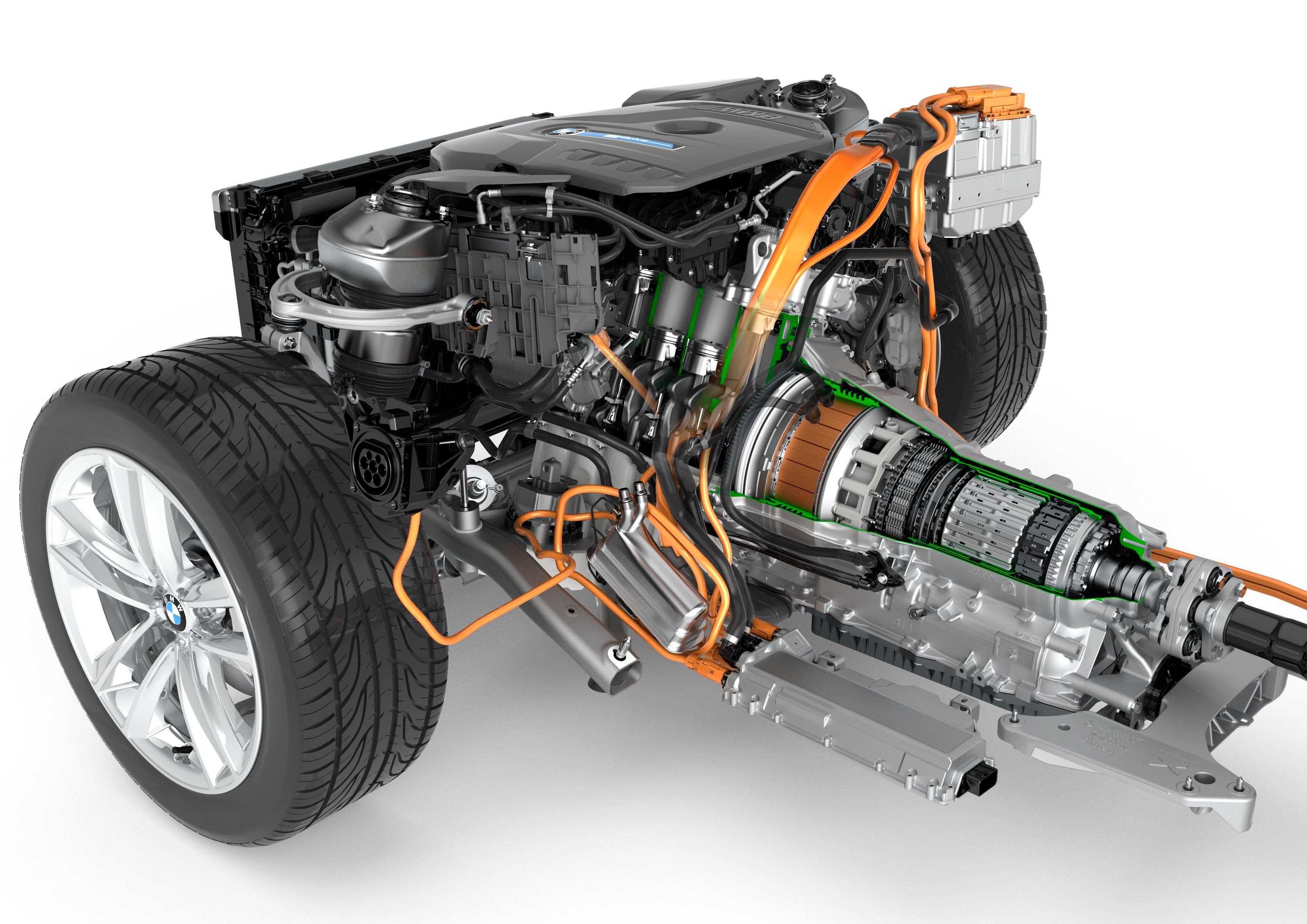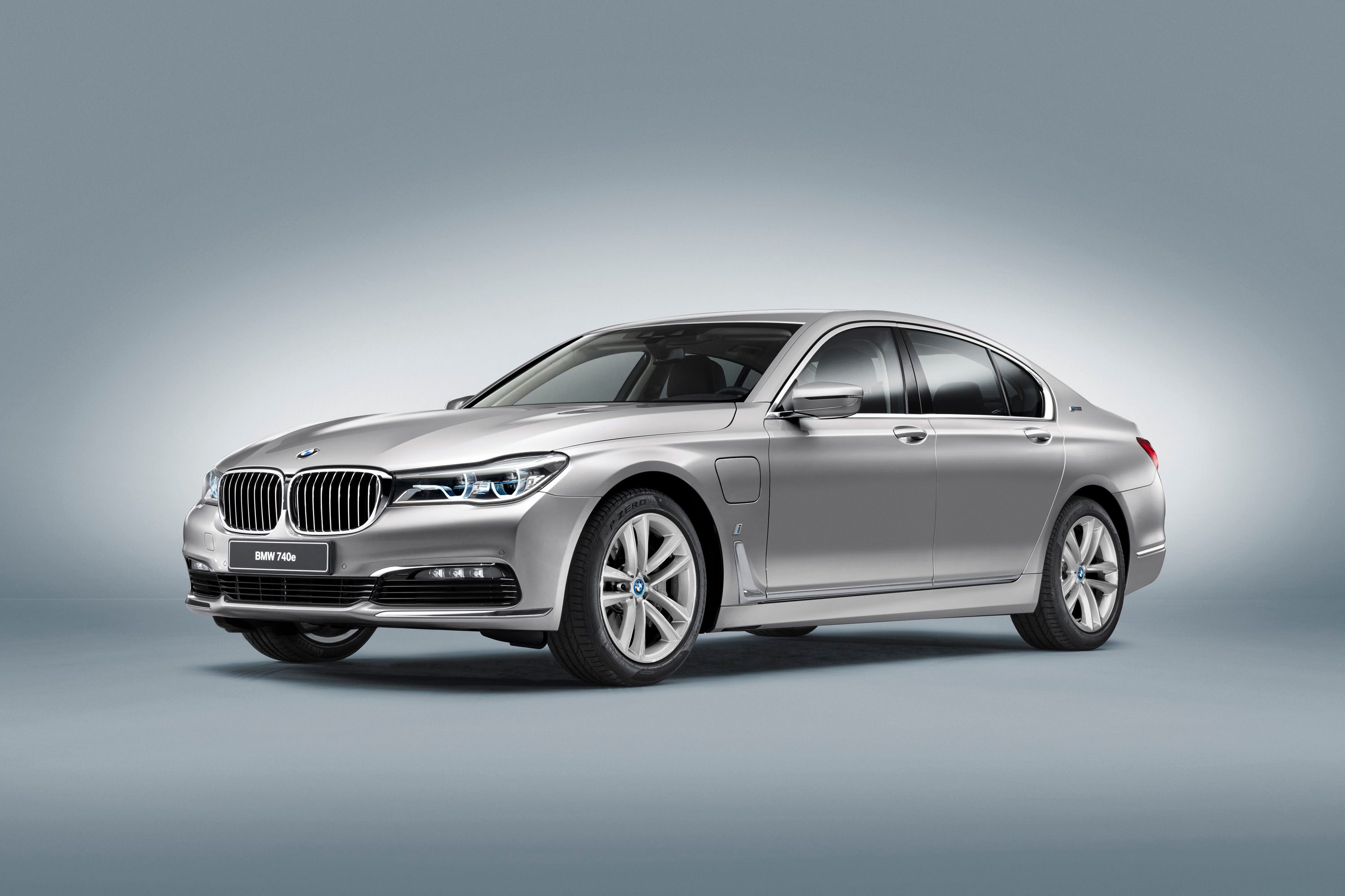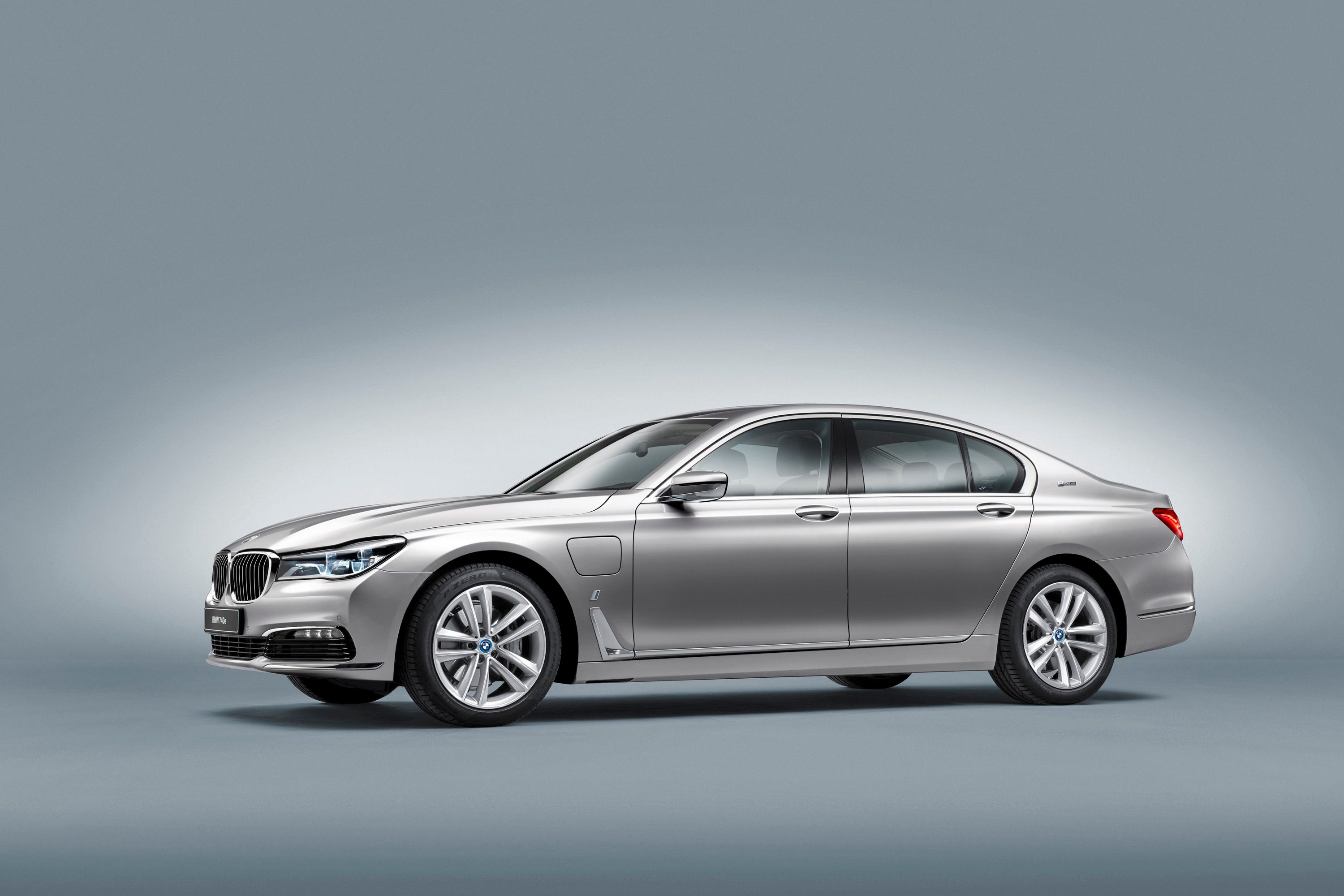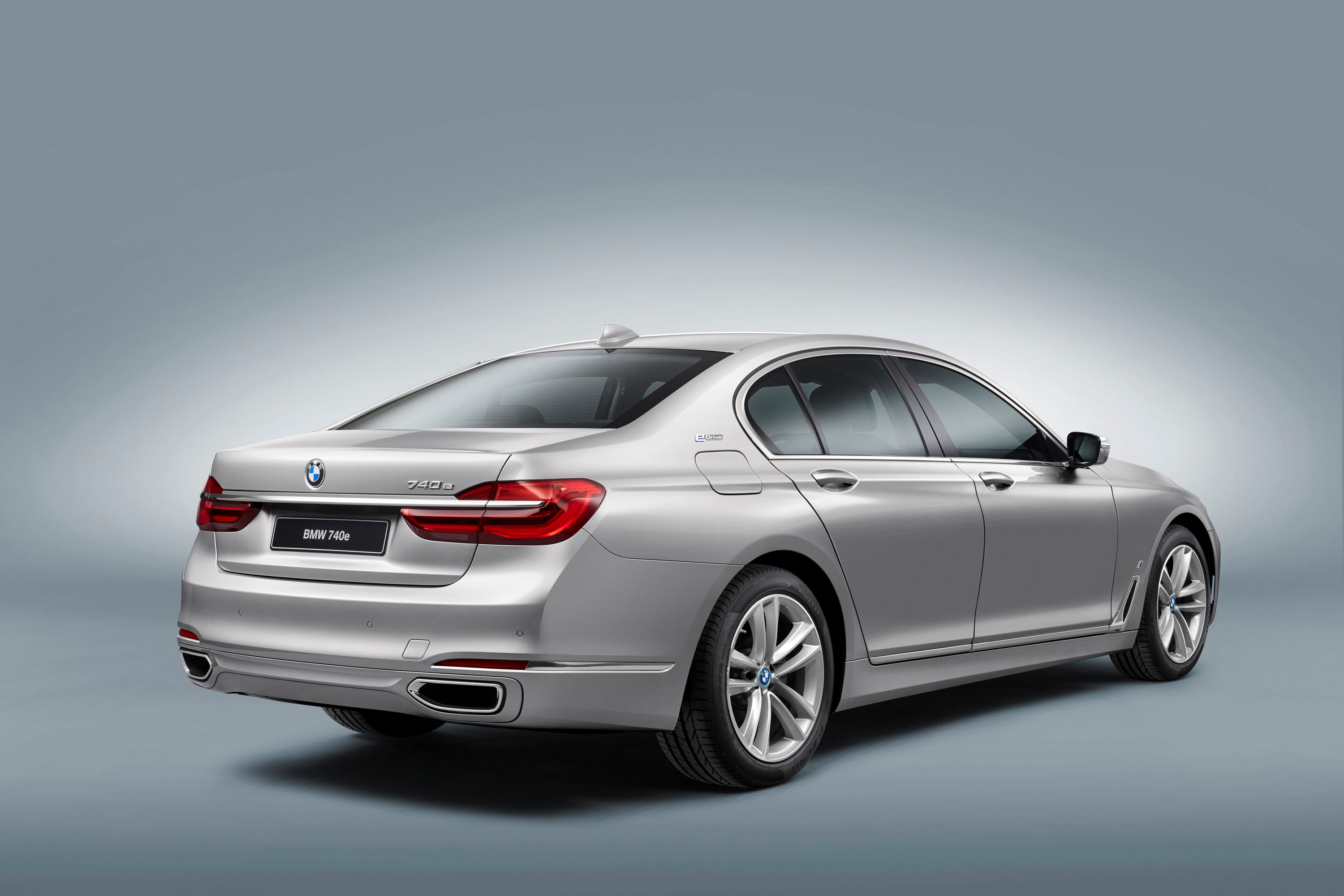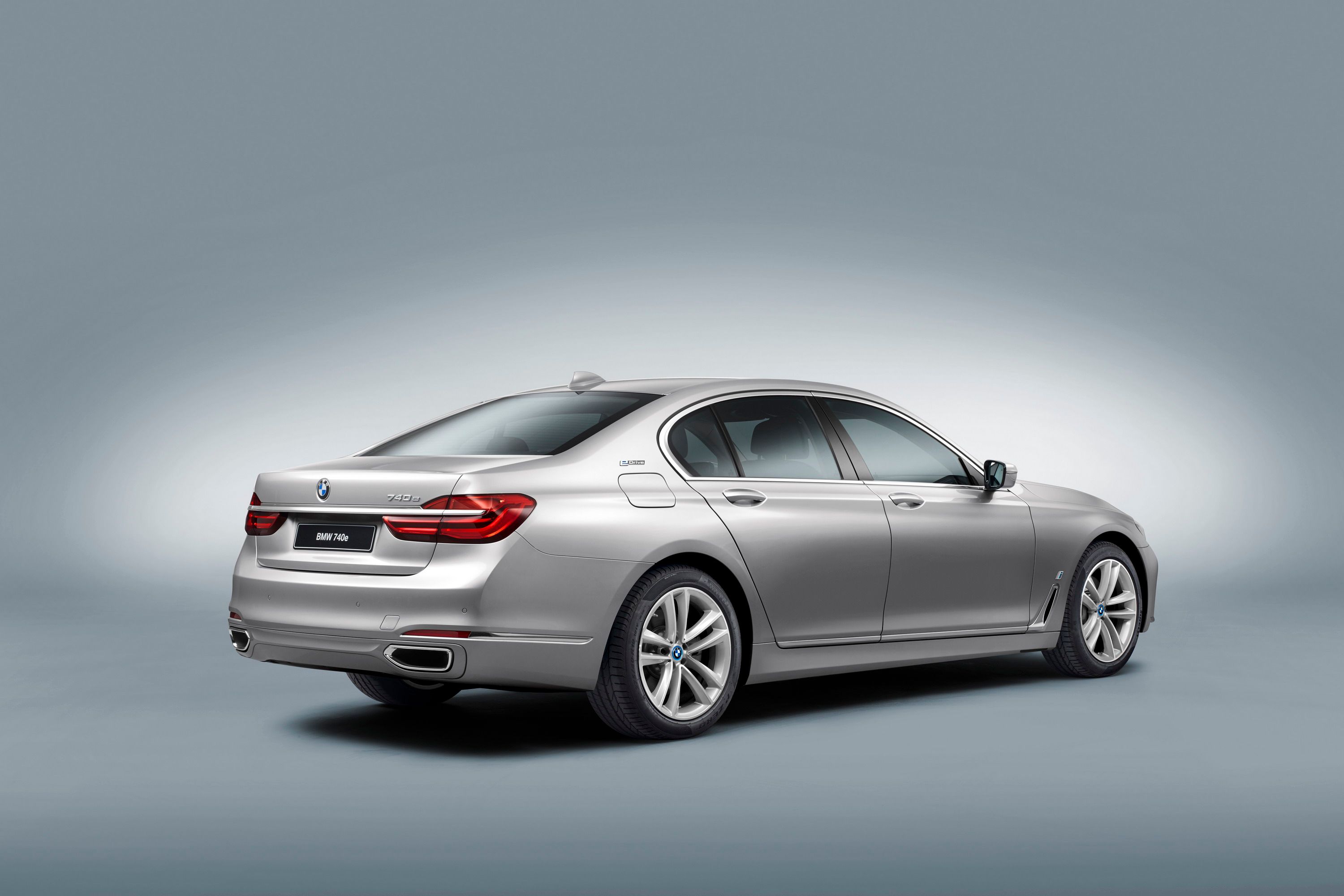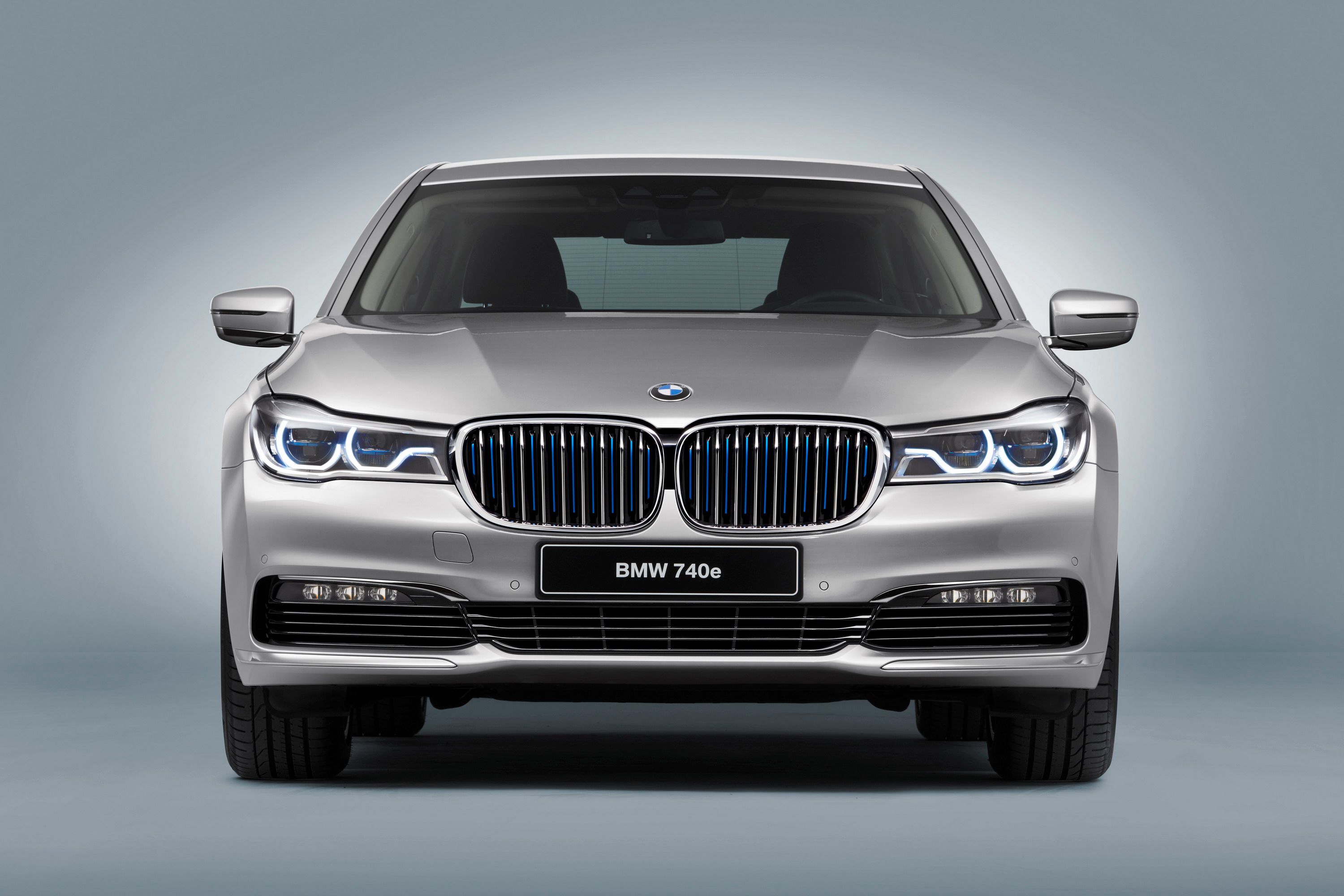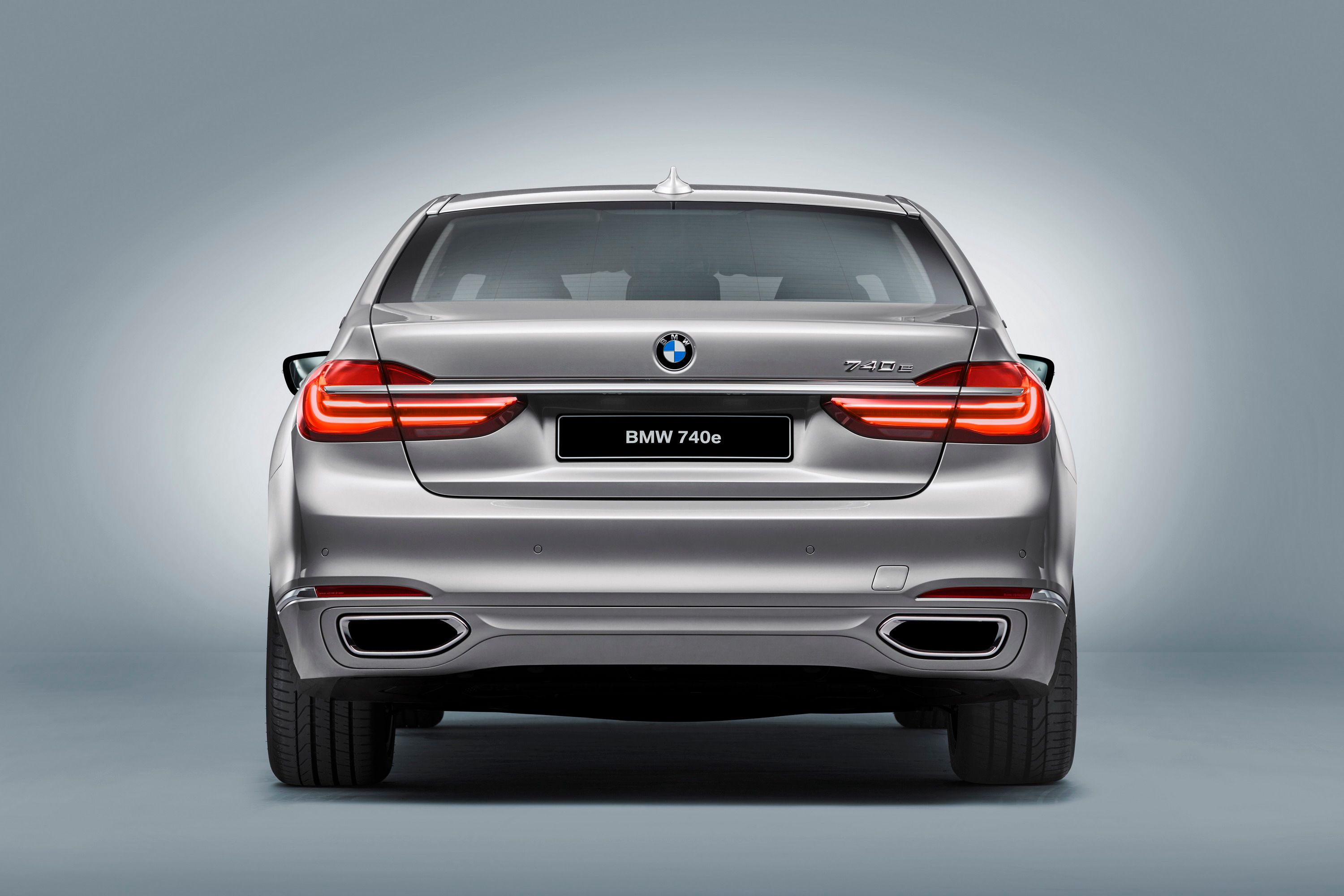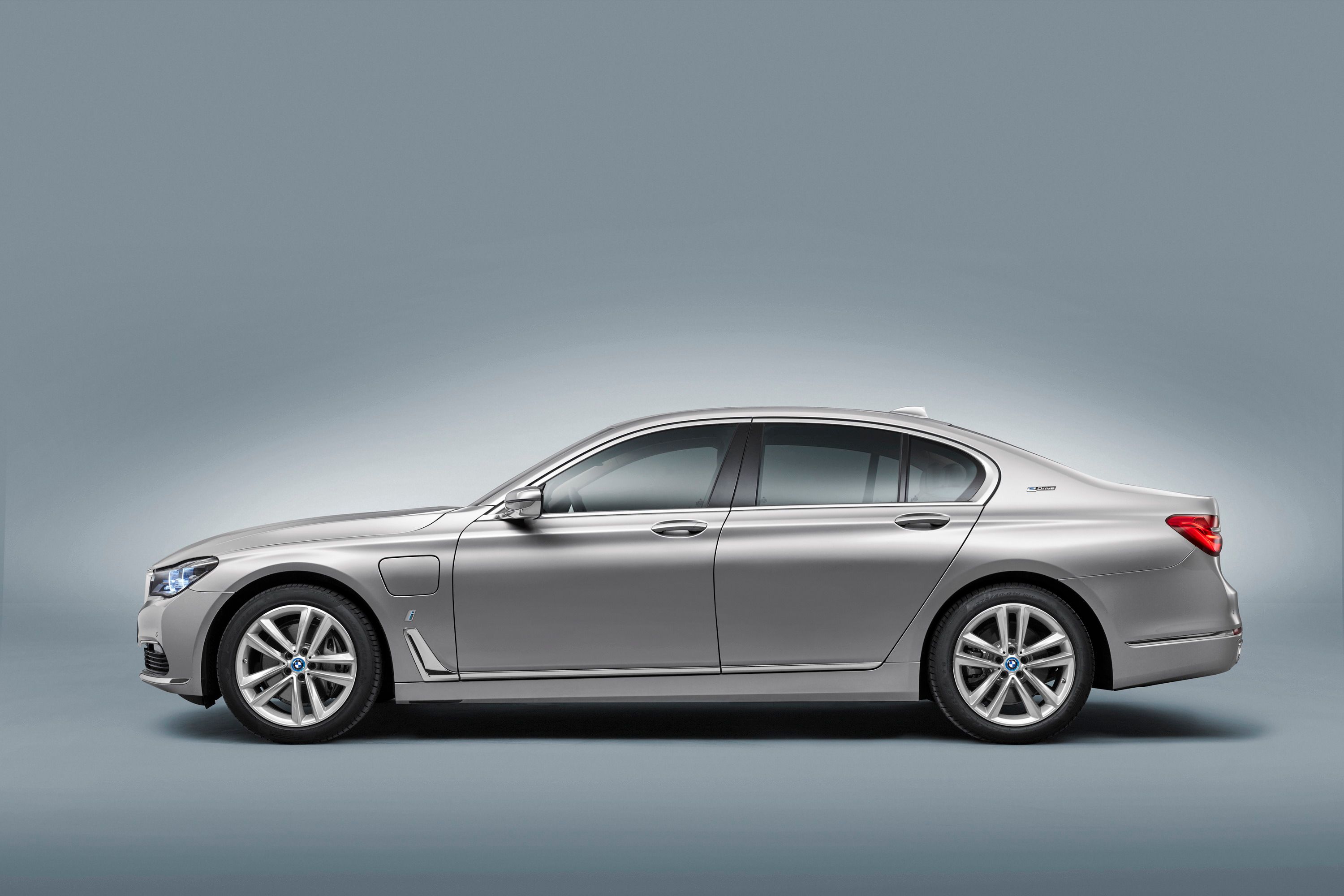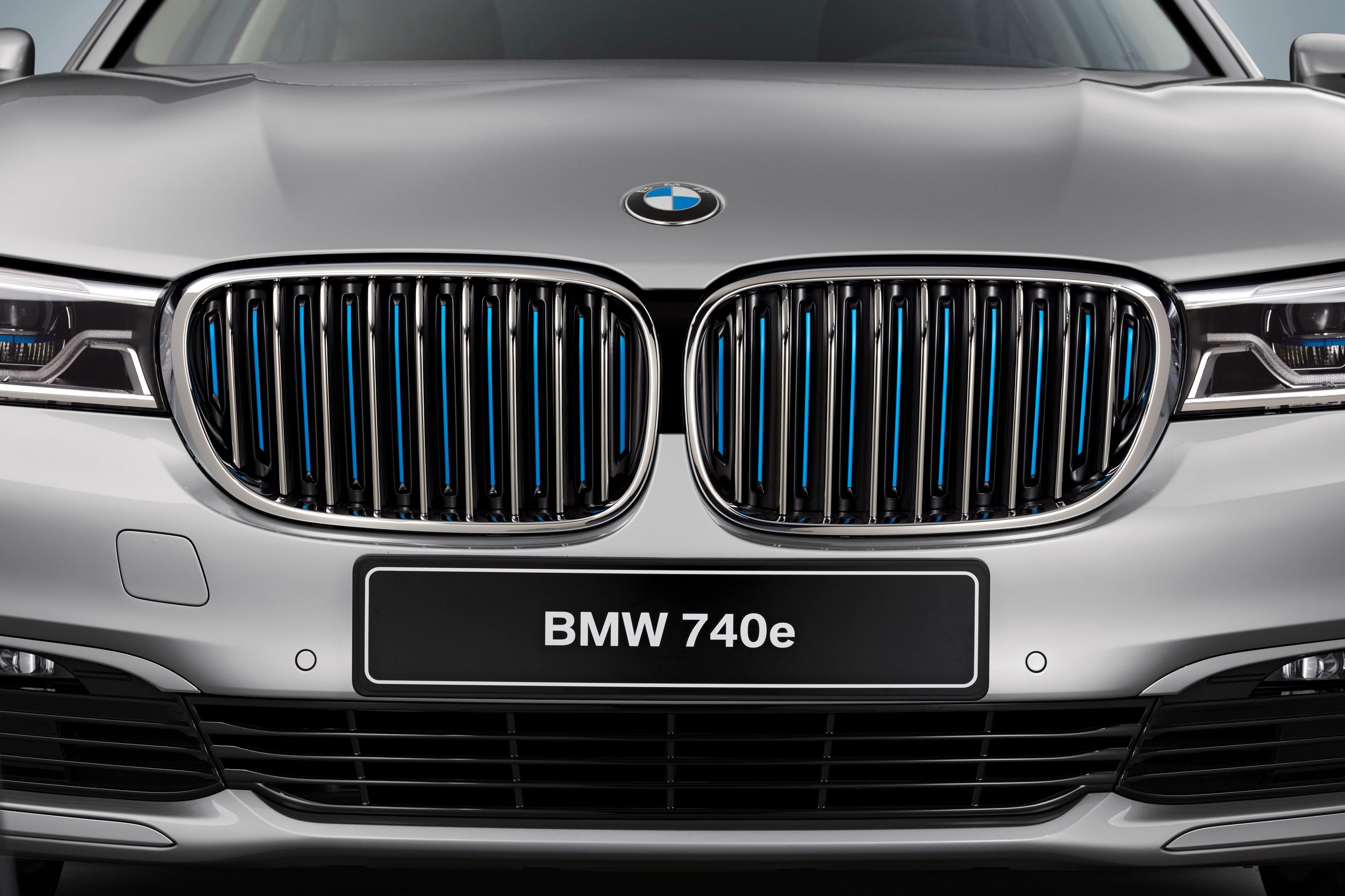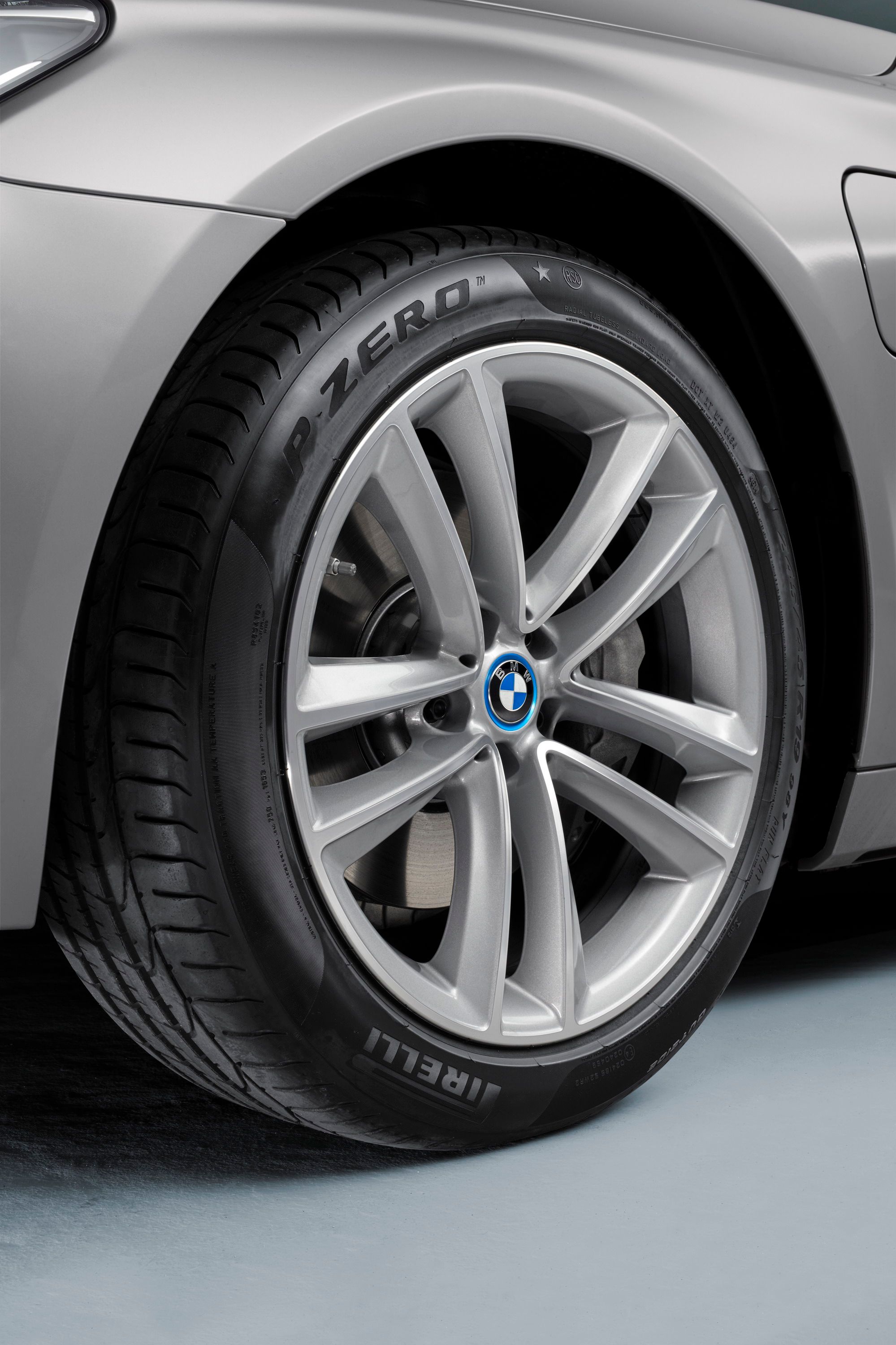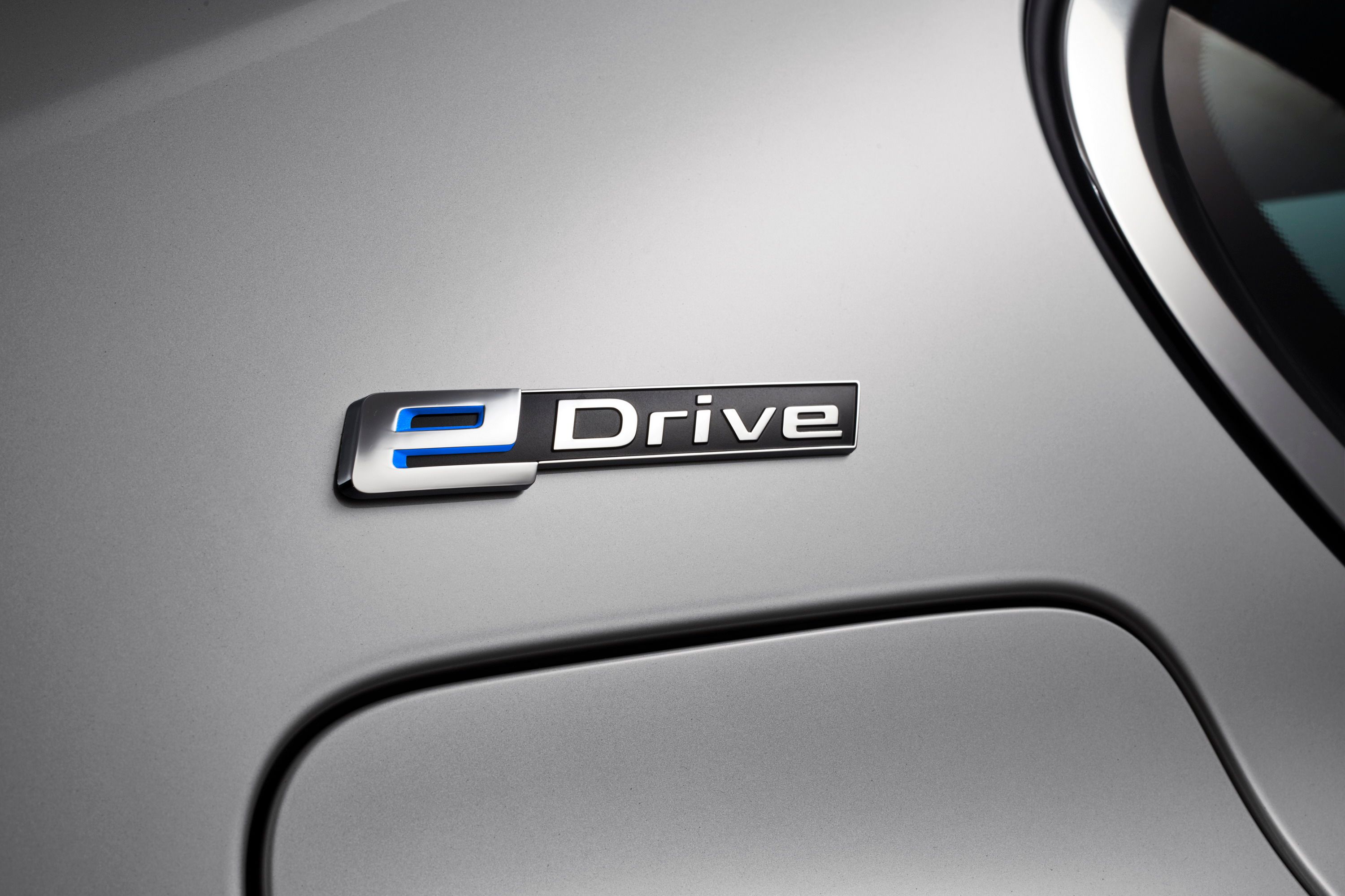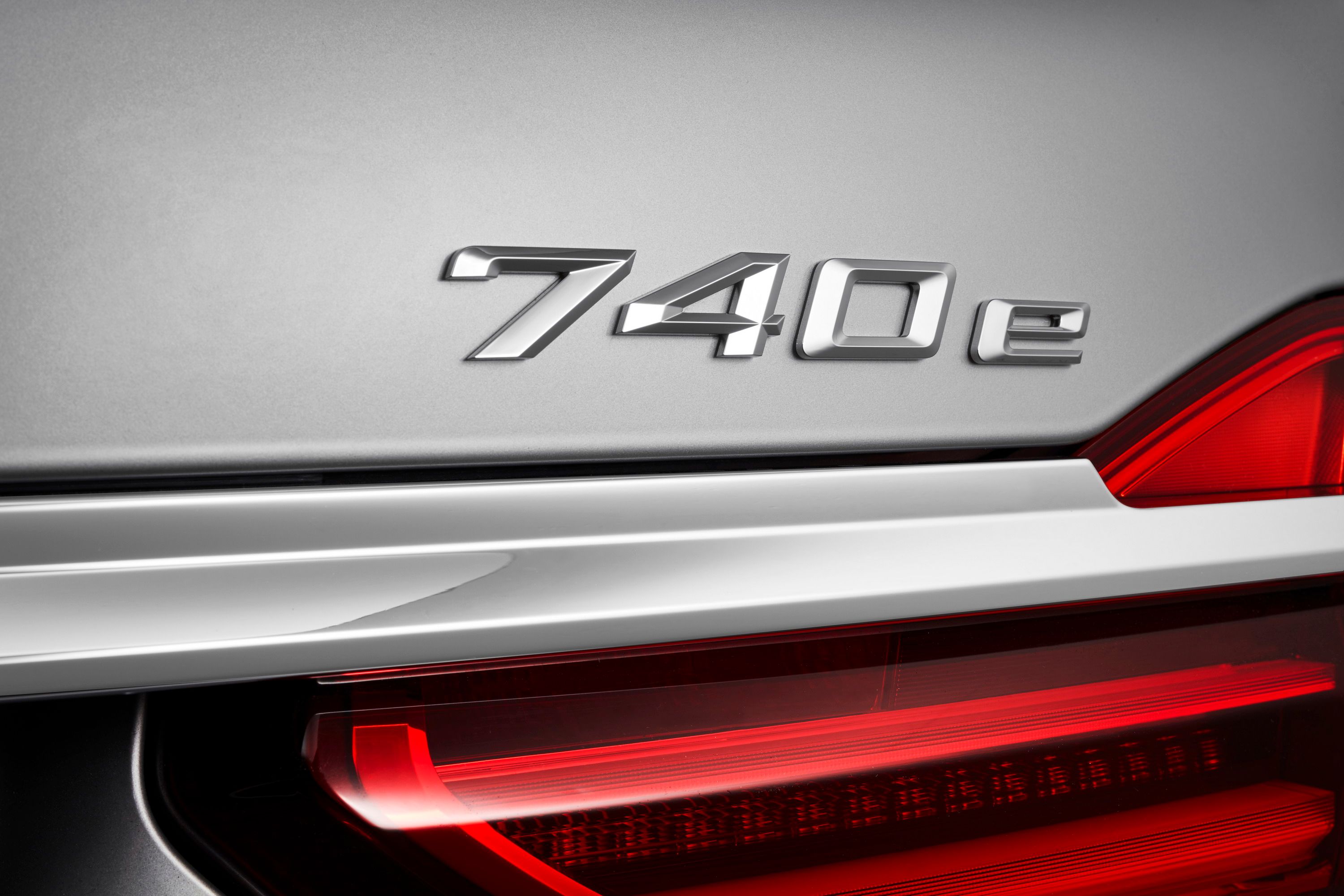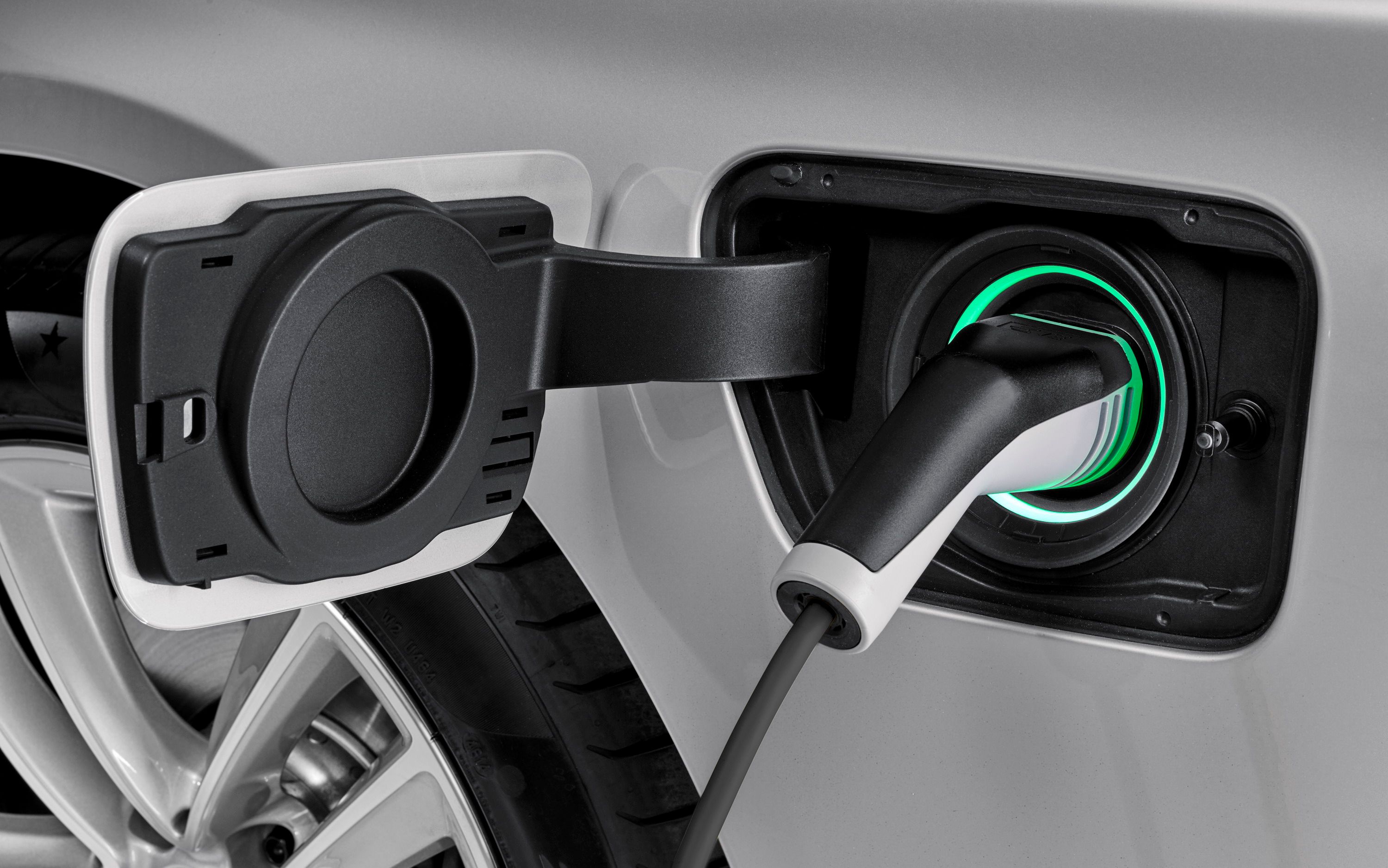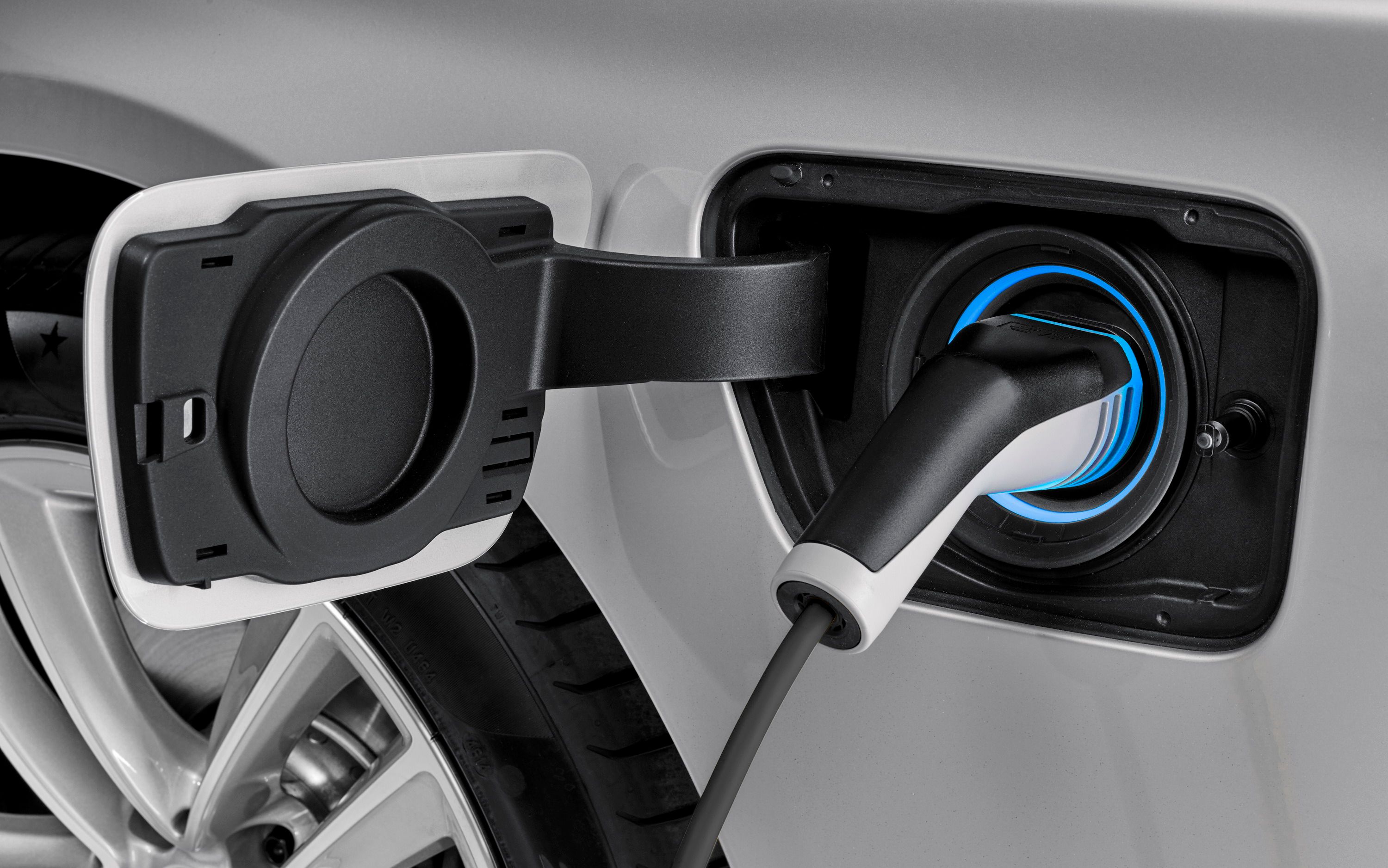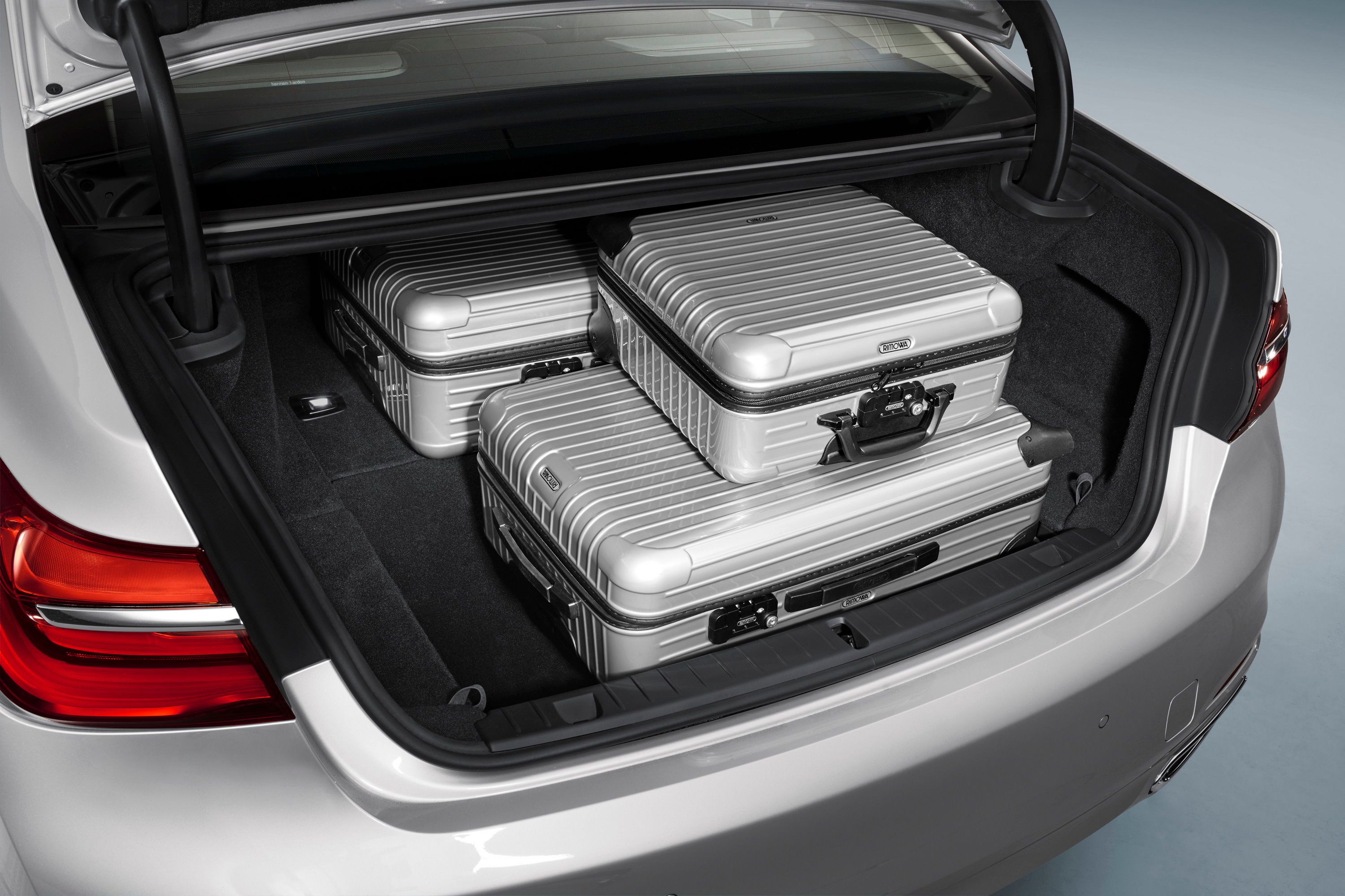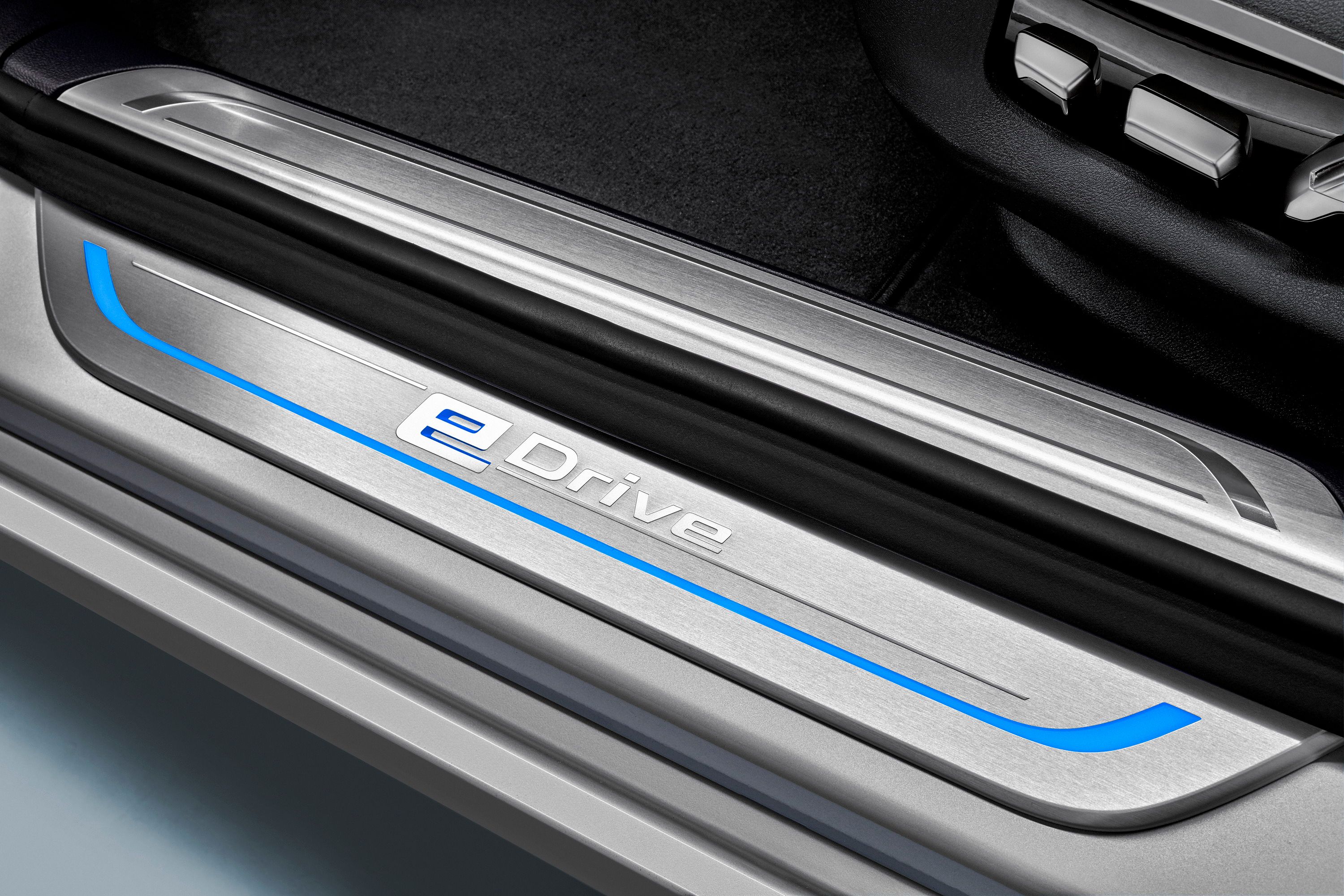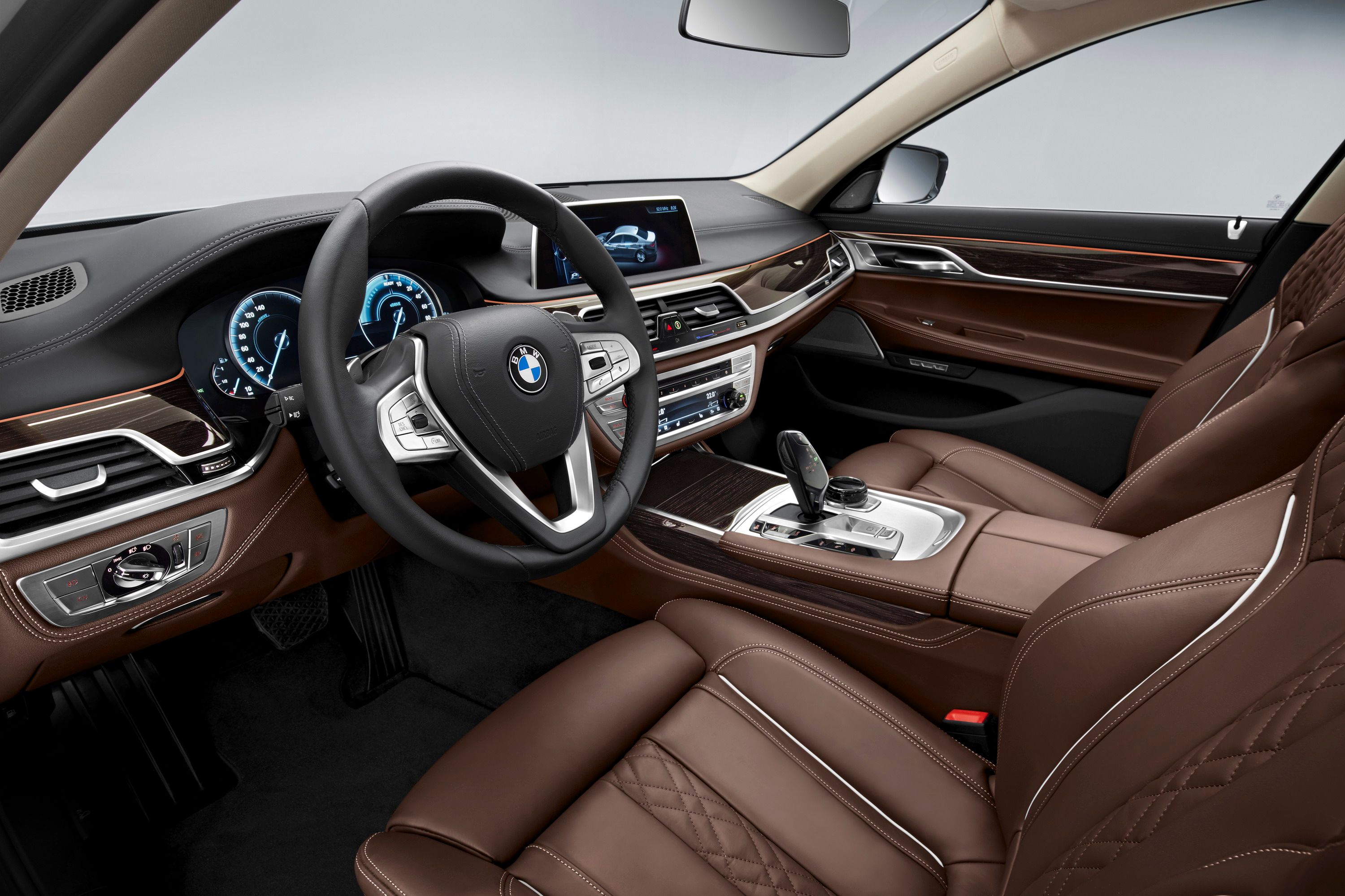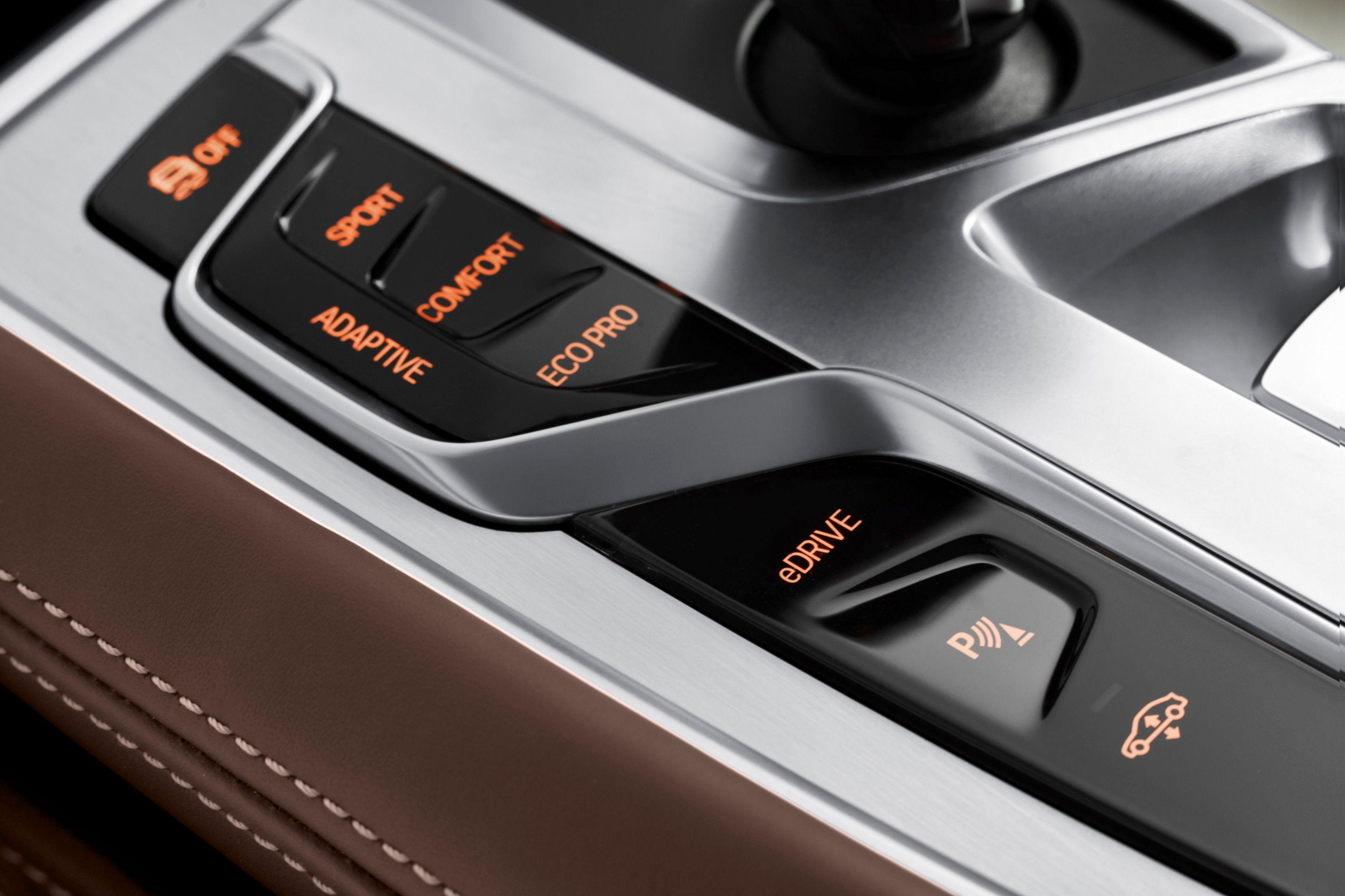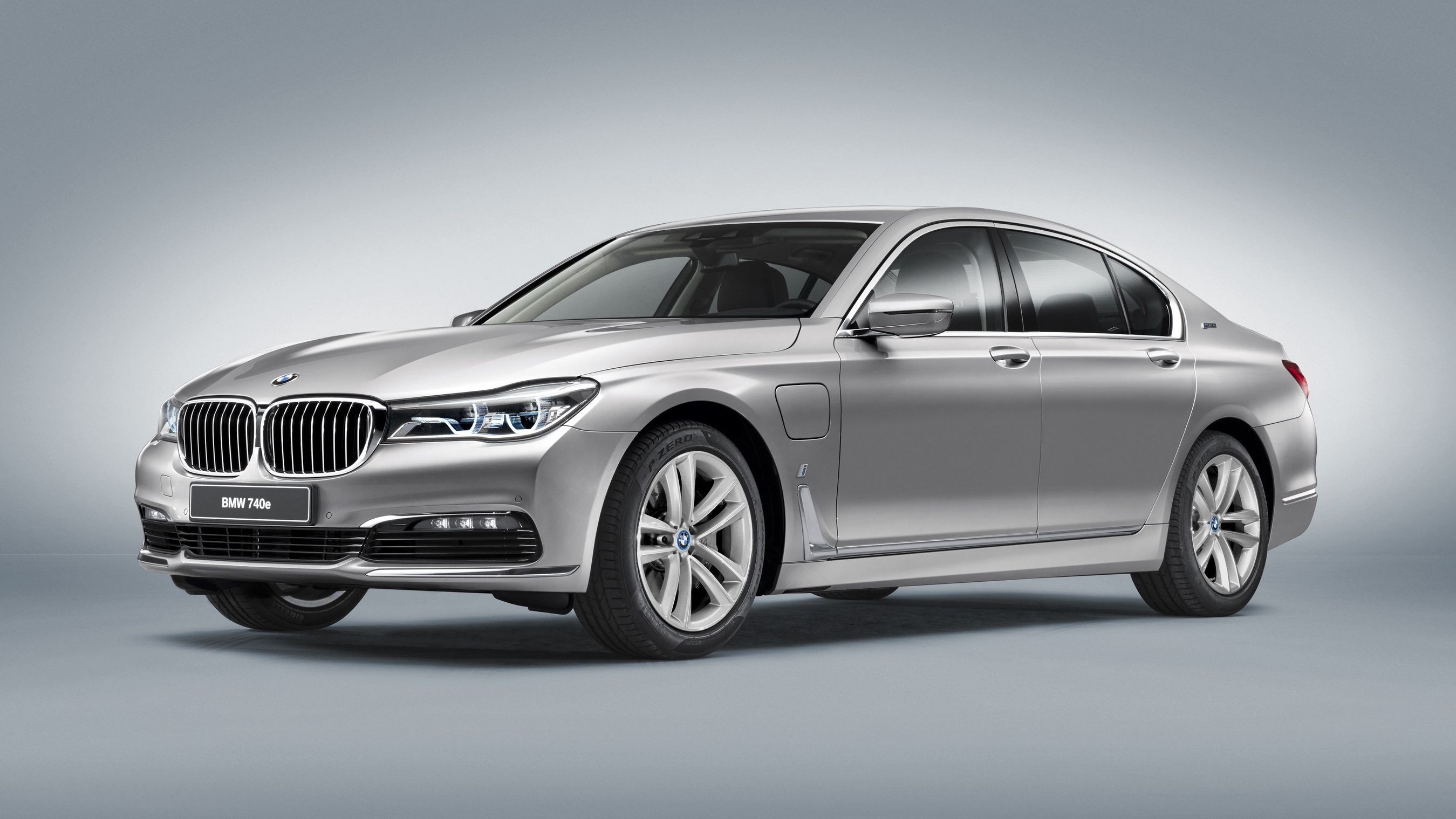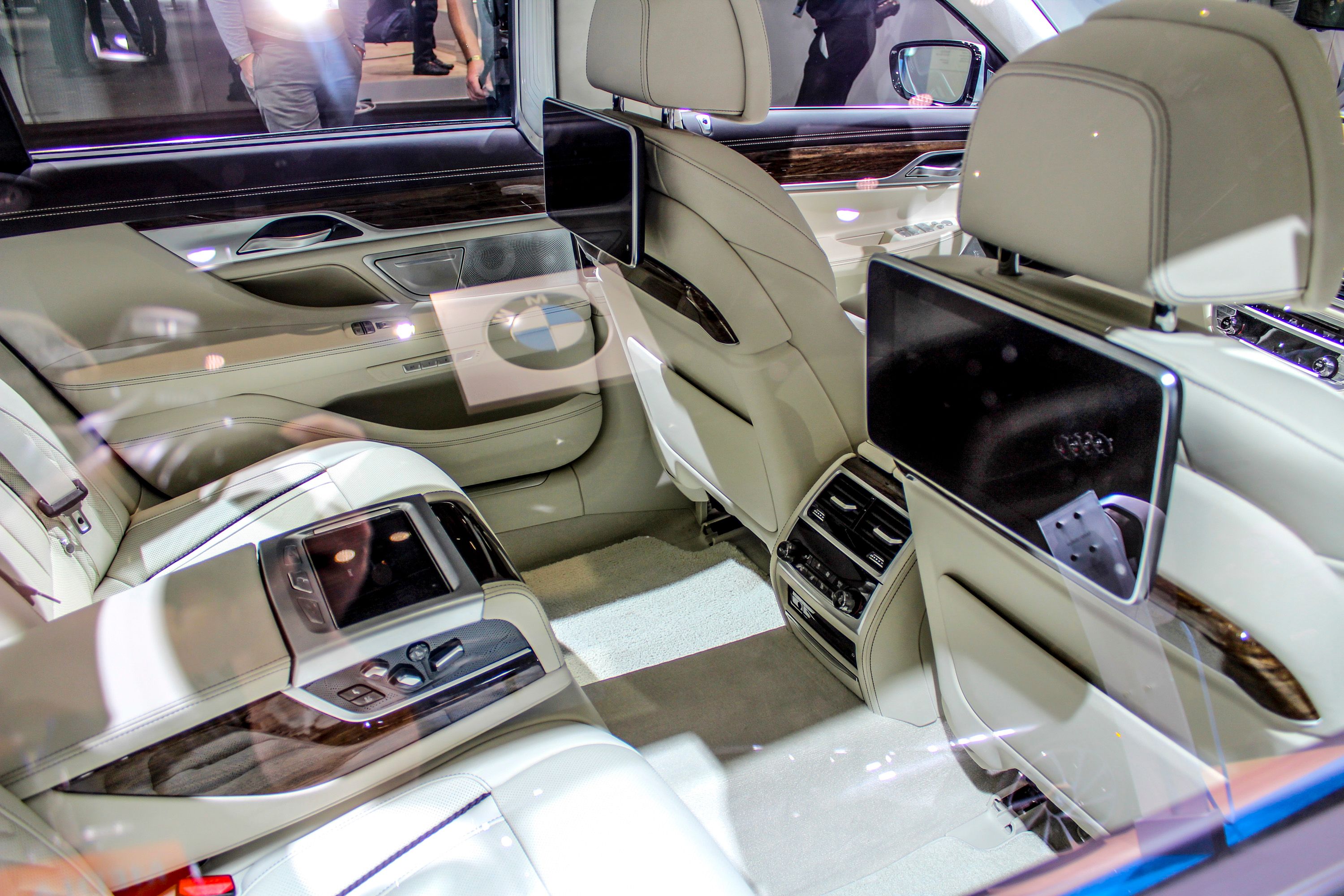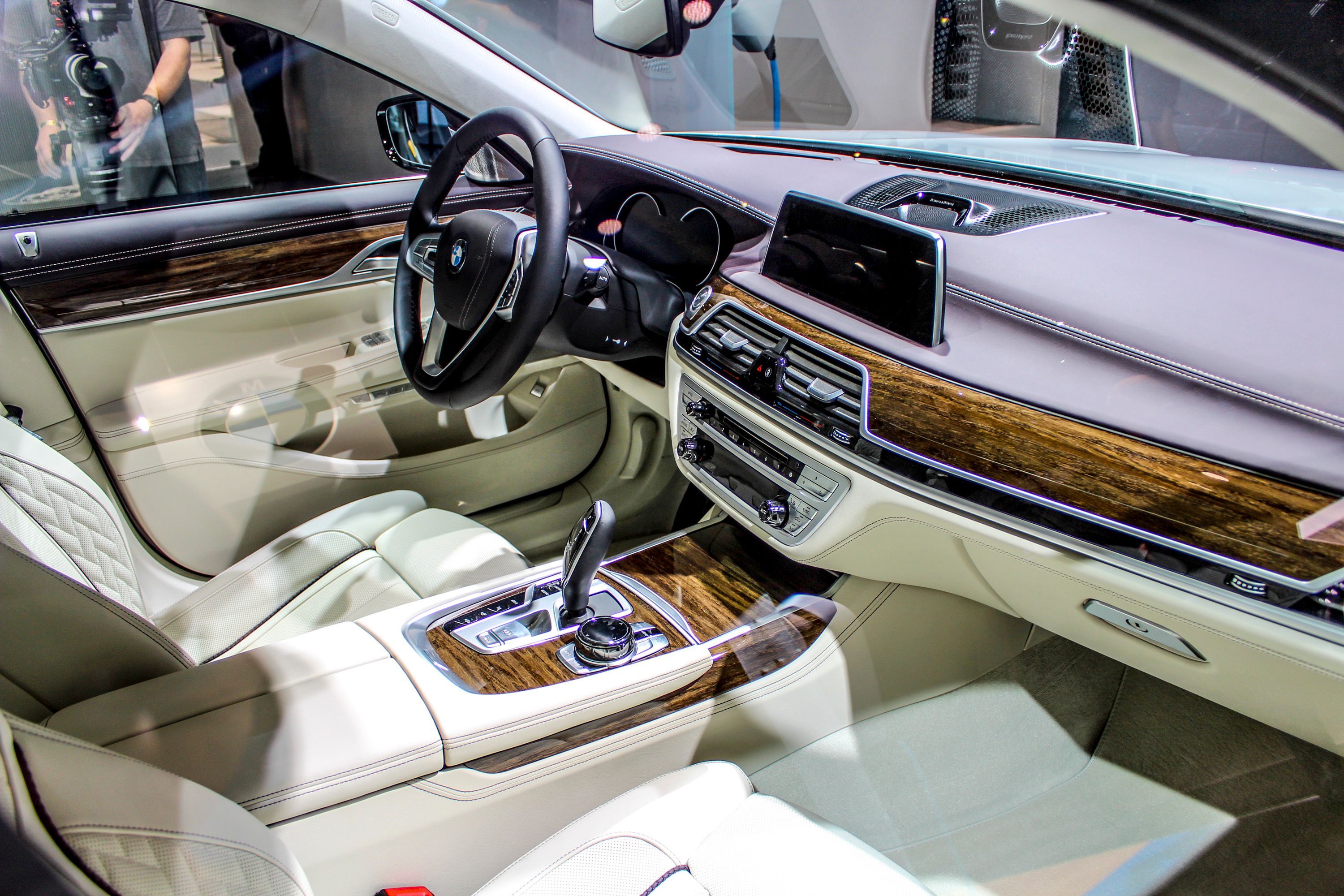Gasoline/electric hybrids are becoming more widely accepted these days, and even luxury automakers are stepping up their games. Audi, Lexus, Porsche, and of course, BMW all have hybrid options that range in cost and levels of luxury. Though it might not make financial sense to purchase an expensive luxury car just to save a few dollars at the pump, many European city centers are banning non-hybrid vehicle use, making well-to-do folks in need of something classier than a Nissan Leaf.
Enter the BMW 740e iPerformance. Now before jumping into the details, it’s important to understand BMW’s logic with the iPerformance badging. Just like its M Performance lineup – standard BMW models with the performance upgrades from the famed M division, iPerformance vehicles will be based on standard series-production BMWs, but will have some i Division electrification performance added in. Just as the M235i isn’t as sporty as the M3, the iPerformance vehicles won’t be as “electrified” or as efficient as honest i Division vehicles like the i3 or i8.
This new iPerformance line is debuting here, on the 7-Series. BMW will offer two flavors – the 740e iPerformance and the 740Le iPerformance. The 740Le is an extended length model that offers the option of BMW’s xDrive AWD system. We’ll be concentrating on the 740e iPerformance in this review.
The 2017 BMW 740e xDrive iPerformance is now in production and will arrive at U.S. dealerships in August of 2016 starting at $89,100.
Update 08/11/2016: BMW has announced the 740e xDrive iPerformance will arrive in U.S. showrooms in August with a starting price just under $90,000. Check out the "Prices" section for all the details.
Continue reading to learn more about the BMW 740e iPerformance.
2017 BMW 740e iPerformance
- Make: Array
- Model: 2017 BMW 740e iPerformance
- [do not use] Vehicle Model: Array
Exterior
The current 7-Series debuted for the 2016 model year, so BMW has no reason to make drastic changes for the iPerformance version. In fact, what changes that do take place are limited to the headlights, badges, and the addition of the charging port behind the driver-side front wheel.
Specifically, the BMW badges have the typical blue hue around them found on “i” vehicles. There’s also several “i” and “eDrive” badges placed around the car. There’s an “i” badge on the front fender, just above the L-shaped chrome trim. An eDrive badge is found on the C-pillars, and of course, the 740e designation is found on the trunk lid. The LED headlights carry the same shape and nighttime lighting, but incorporate blue hue rings that designate the car’s hybrid drivetrain.
Interior
Like the exterior, BMW kept the 7-Series’ interior mostly unchanged. Opting for the hybrid model does bring new displays within the 12.3-inch digital gauge cluster, however. The new gauge package includes a charging and percentage of power section, configurable with a tachometer and other screens a button-push away.
The rest of the cabin remains unchanged. The iDrive 5.0 infotainment system utilizes BMW’s latest technology, including gesture controls. There’s also the seven-inch Touch Command Tablet. It’s a removable screen that allows rear-seat passengers to control HVAC temps, infotainment settings, and the 1,400-watt, 16-speaker sound system from Bowers & Wilkins Diamond.
Drivetrain
Powering the BMW 740e iPerformance is a gasoline/electric plug-in hybrid system. Starting with the gasoline side, a 2.0-liter TwinPower four-cylinder acts as both a tratiional engine and an electric generator. It creates 258 horsepower and 295 pound-feet of torque. That torque comes on at 1,250 rpm and stays peaked till 4,800 rpm. The engine, part of the Efficient Dynamics engine family, is the most powerful four-cylinder BMW has fitted to a series-produced vehicle.
On the electric side, the 740e uses a “permanently excited” synchronous motor that produces 113 horsepower and 184 pound-feet of torque, adding to the gasoline-driven combustion engine. Despite the math not adding up, BMW says the total system output is 326 horsepower and 369 pound-feet of torque. In turn, the electric motor works as a generator thanks to regenerative braking or utilizing unused power from the engine to create electricity. Power is stored in a 9.2 kWh, high-voltage, lithium-ion battery positioned under the rear seat.
The electric motor is integrated into the eight-speed steptronic transmission. This means both the gas engine and electric motor feed power through the transmission, keeping similar driving characteristics. What’s more, the electric motor can provide a boost in power to the gas engine when the driver wants full acceleration. That brings the full onslaught of horsepower and torque, all fed to the rear wheels. BMW also offers an option for paddle shifters on the steering wheel, giving the driver more control over the transmission. BMW estimates the sprint to 62 mph will take 5.6 seconds.
When driven conservatively, the 740e is estimated to achieve 2.1 liters per 100 kilometers, or 112 MPGe. Electrical consumption is listed at 12.5 kWh and CO2 comes in at 49 grams per kilometer, exempting it from many European taxes. The EU test cycle lists the BMW 740e as having an all-electric range of 25 miles.
The driver also has control over how the 740e uses its battery. The eDrive button on the center console switches between Auto mode and Max eDrive. Auto mode allows the computer to determine the best use of the gas engine and electric motor, while Max eDrive offers fully electric driving, at all speeds below 87 mph. During hard acceleration and at speeds above 88 mph, the gas engine will kick on.
There’s also controls that allow for between 30 to 100 percent of the battery’s power to be used, letting the driver save his all-electric range for latter in the drive. An example would be charging the battery at home, jumping on the highway with the gas engine, and then travel in EV mode once at a city center.
Of course, BMW always worries about driving performance, so a Driving Experience Control switch offers modes that include Adaptive, Sport, Comfort, and Eco Pro. While most modes are self-explanatory, Adaptive mode is a “set-it-and-forget-it” mode that allows the computer to determine what mode the driver is calling for, all based on current his current driving style.
Prices
BMW is exploring new pricing territory with the new 7-Series. The 2016 model has a price increase of $7,300 over the previous-generation, 2015 model. That pushes the 7’s base price to $81,300. Of course, opting for the 740e iPerformance trim will raise the price even more. The car carries a starting price of $89,100. A destination and handling fee of $995 is added on at the dealership. Like with any car, adding options increases the price.
Options
|
Cold Weather Package |
$400 |
|
Driver Assistance Plus |
$1,900 |
|
Driver Assistance Plus II |
$1,700 |
|
Executive Package |
$4,100 |
|
BMW Individual Composition |
$7,100 |
|
Interior Design Package |
$1,800 |
|
M Sport Package |
$3,400 |
|
Luxury Seating Package with Cold Weather |
$3,900 |
|
19" Light alloy V-Spoke wheels with all-season run-flat tires |
$1,300 |
|
Apple CarPlay Compatibility |
$300 |
|
Bowers & Wilkins Diamond Surround Sound System |
$3,400 |
|
Rear-seat entertainment Professional with iDrive control |
$2,700 |
|
Panoramic Sky Lounge LED Roof |
$900 |
|
Wood inlay leather steering wheel |
$690 |
|
Integral Active Steering |
$1,150 |
|
Front massaging seats |
$1,000 |
|
Ambient Air Package |
$350 |
|
Front ventilated seats |
$500 |
|
Night Vision with Pedestrian Detection |
$2,300 |
|
Side and Top View Cameras |
$750 |
Competition
Mercedes-Benz S550e Plug-in Hybrid
Mercedes’ S Class is the pentacle of high-end luxury from Mercedes without jumping into the Maybach boat. The car offers nearly every conceivable luxury and technology, including an optional hybrid powertrain. The S550e comes powered by a 3.0-liter biturbo V-6 supplemented by an electric motor powered by an 8.7-kWh lithium-ion battery. The combination is good for 436 horsepower and 479 pound-feet of torque. A seven-speed automatic transmission does the shifting. Combined, the drivetrain nets an MPGe rating of 58 from the EPA. Prices for the S550e start at $96,575, which impressively, is the same price as the V-8-equipped S500.
Read our full review here.
Porsche Panamera S E-Hybrid
Porsche takes a similar approach to Mercedes with its S E-Hybrid. It foregoes the big V-8 in favor of a 3.0-liter V-6, though this one is supercharged, and ties in an electric hybrid system. The combination is good for an impressive 416 horsepower and 435 pound-feet of torque. That can push the four-door Porsche to 60 in roughly 5.2 seconds. Despite the performance, the Porsche is good for 50 MPGe with a pure electric driving range of 22 miles. Prices are competitive to the Mercedes, with a starting sticker of $93,200 for a 2016 model.
Read our full review here.
Conclusion
BMW’s new focus on plug-in hybrids seems to be a perfect next-step in growing its i Division. Injecting some i-juice into several of its models will not only attract attention to the brand, but will also make the step-up into a true i Division vehicle less of a scary proposition. Sure the i3 might not be a wealthy man’s idea of daily transport, while the i8 might not fit his commuting needs, but hey, BMW is likely to expand its i Division lineup in the future as well.
Regardless, the 740e iPerformance is set to lead BMW into a new era of hybrid offerings. We can expect to see iPerformance versions of nearly every vehicle in its lineup, spanning from the 2 Series toward the 7 Series. It’s small steps like this that foreshadow a time when internal combustion engines will become obsolete or perhaps relegated into a niche market. While that’s something we’ll be sad to see, it seems almost inevitable. Thankfully the world will still have plenty of gasoline-powered “antiques” to enjoy on the weekends. (Now where’d I put my starter fluid?)


